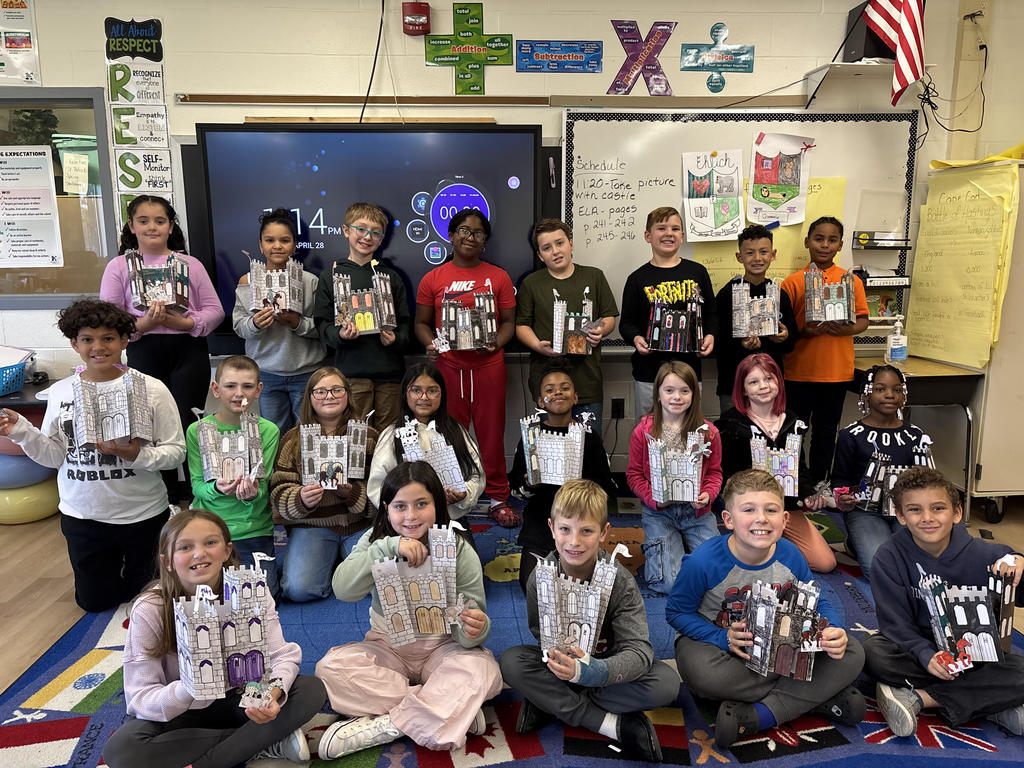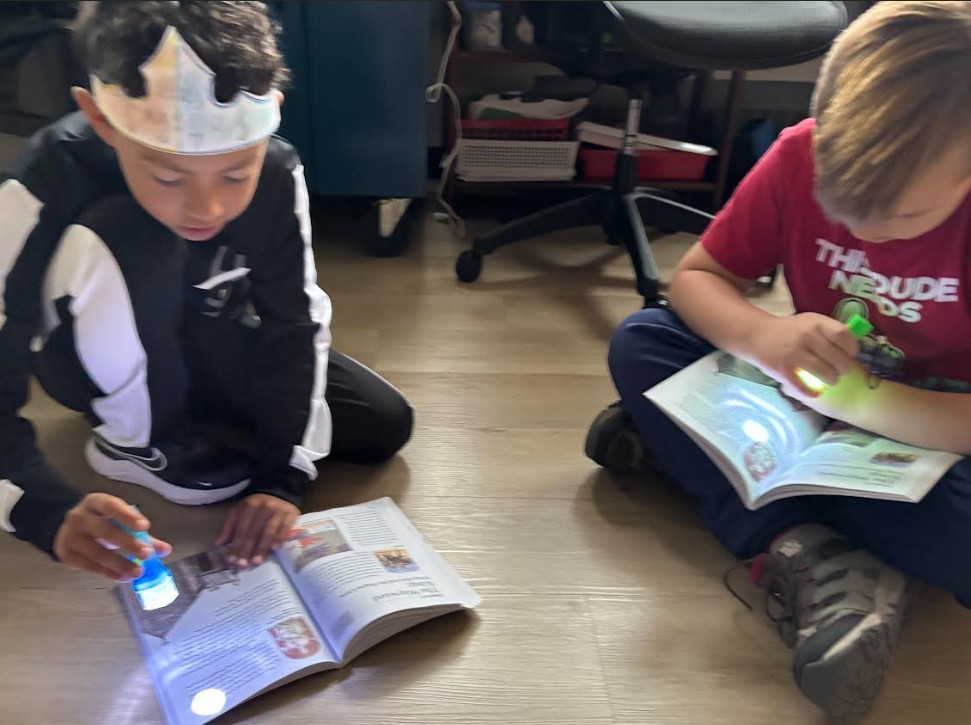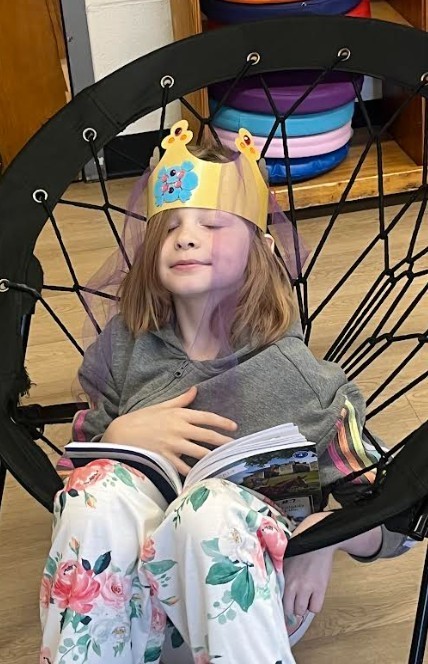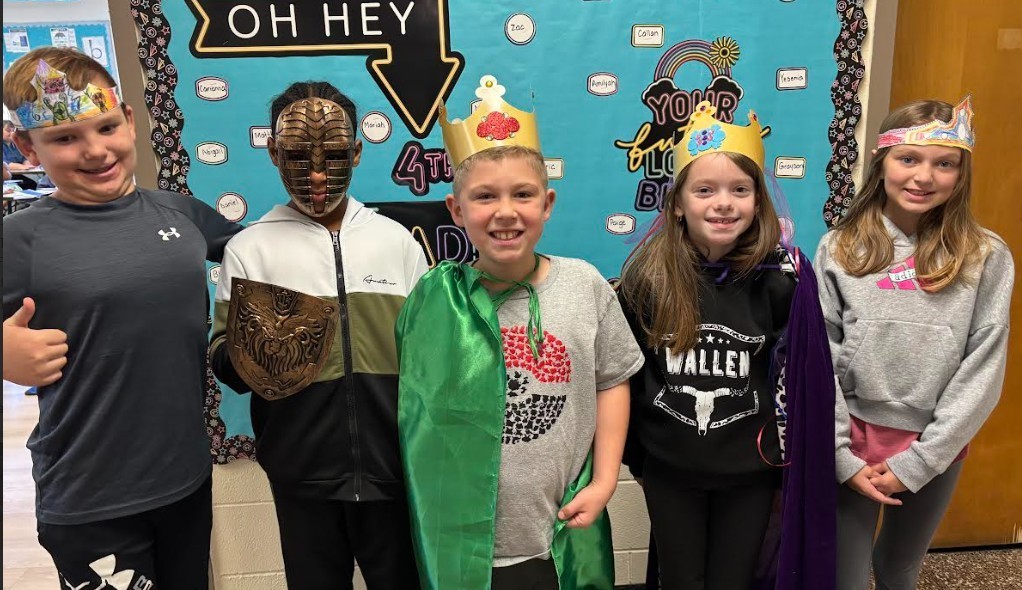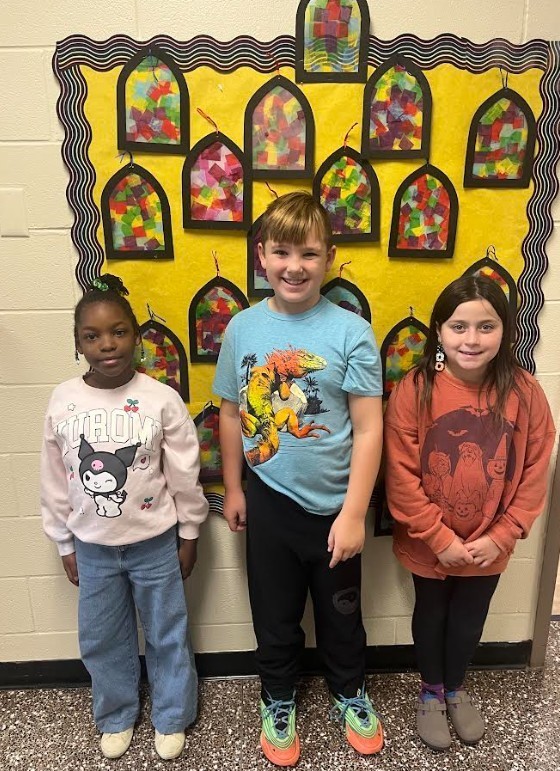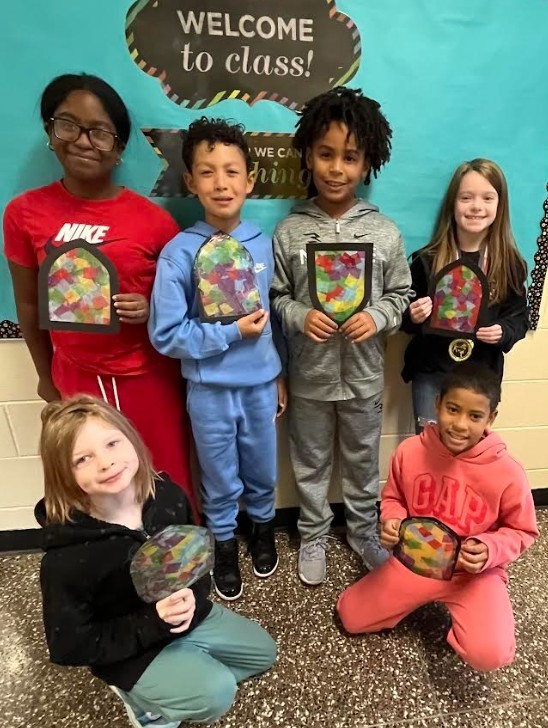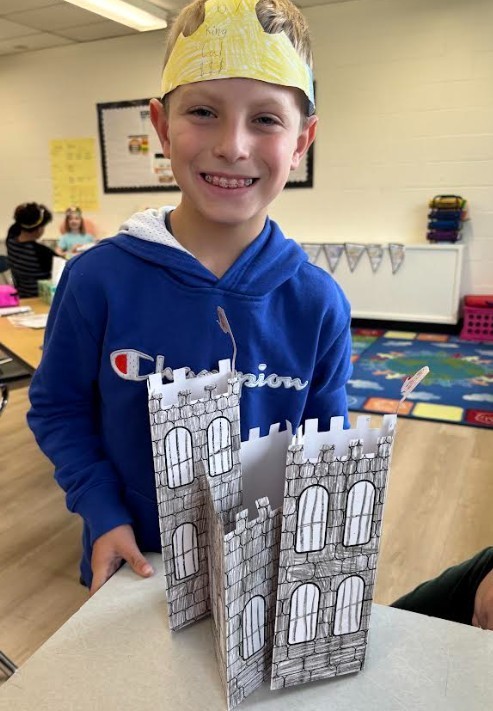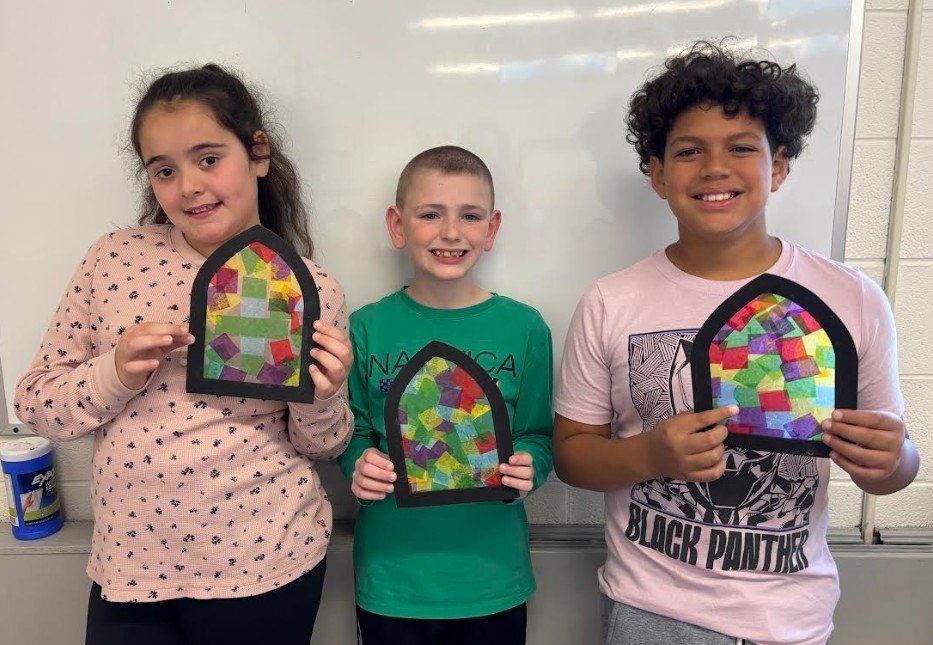SEASONALITY TIED TO LEARNING!
Take a peek at Jeni Galligan's Otisville transitional kindergarteners busy at work at their Thanksgiving stations!
Their recent station work had a very fun Thanksgiving theme with these little cuties working on their math, ELA and fine motor skills! They found pictures around the room and wrote the number that matched the amount; did color sorting; played the "I Spy" game using fall pictures while working on fine motor skills; rolled and wrote numbers; and even created Play-Doh turkeys, complete with colorful feathers! How fun!
"Stations" (also called centers) are designated areas in a classroom where students work independently or in small groups on specific, teacher-directed activities that reinforce skills taught in the classroom. These stations allow students to practice what they've learned through hands-on, engaging tasks, and they also give the teacher time to provide one-on-one instruction to small groups.
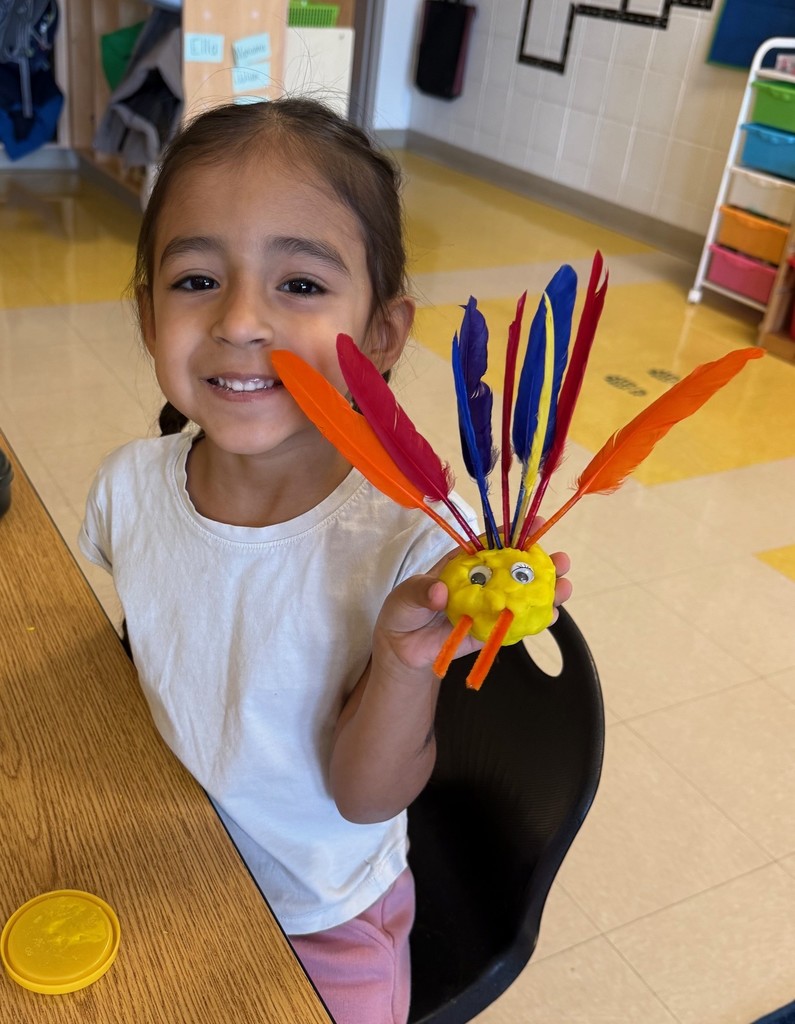
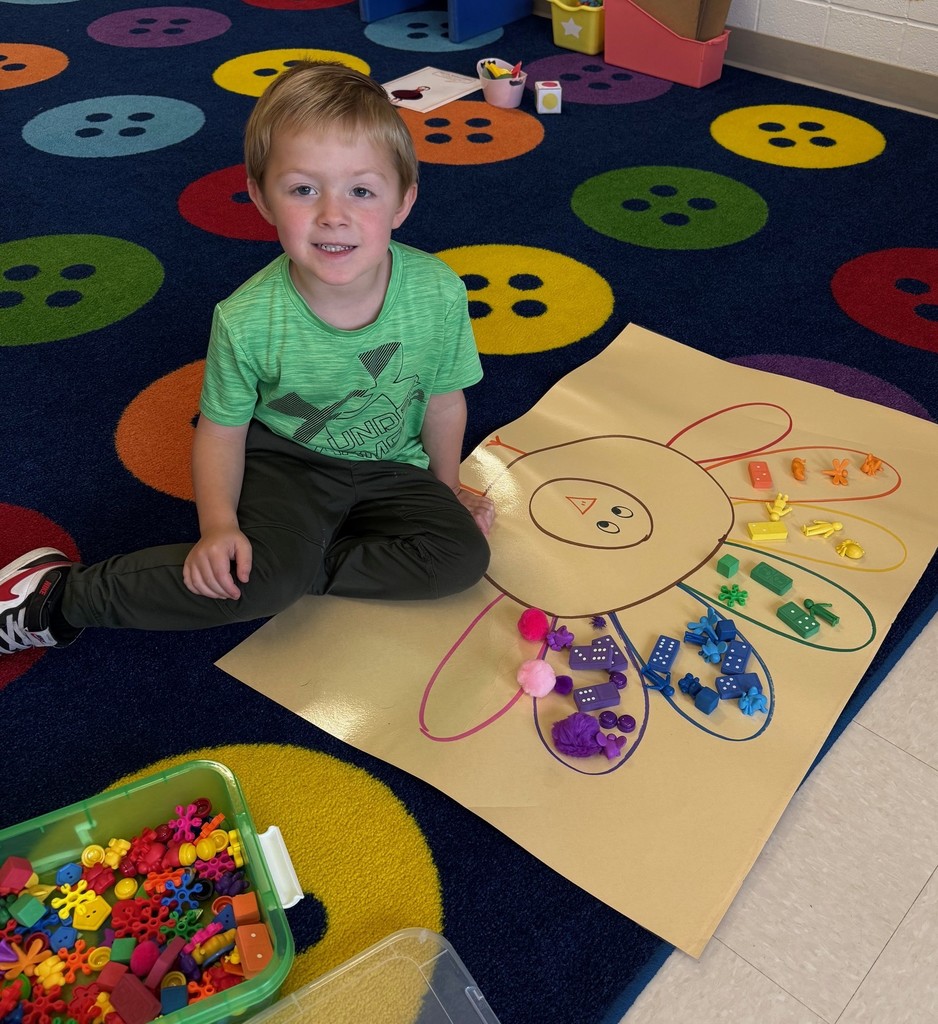
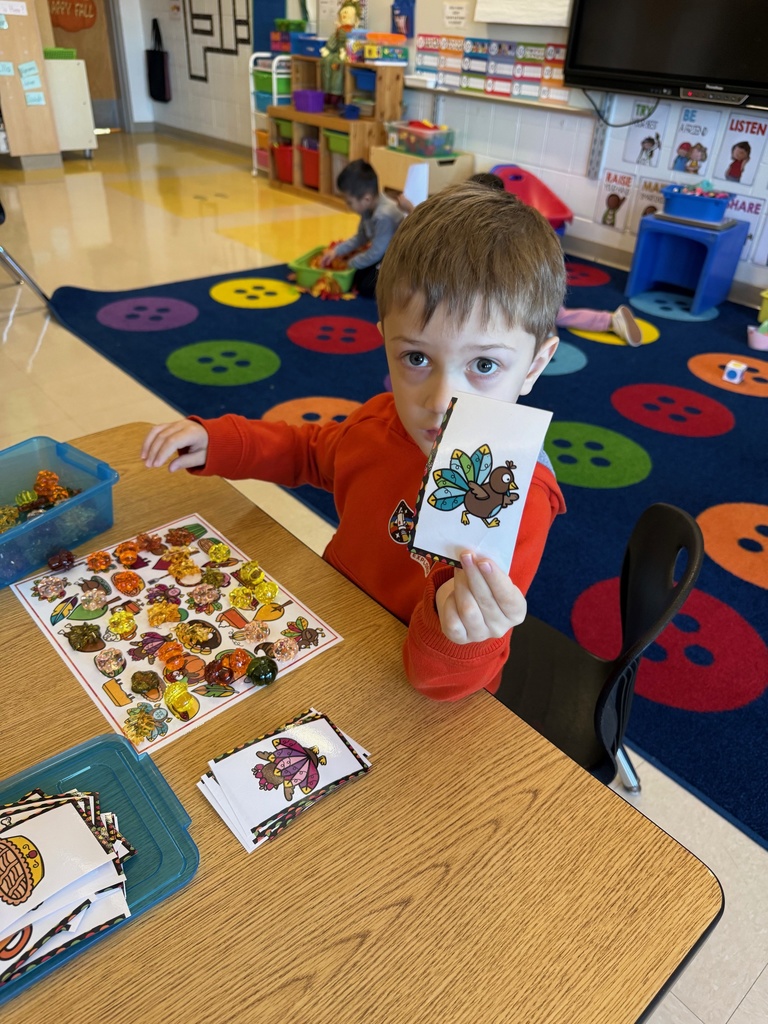
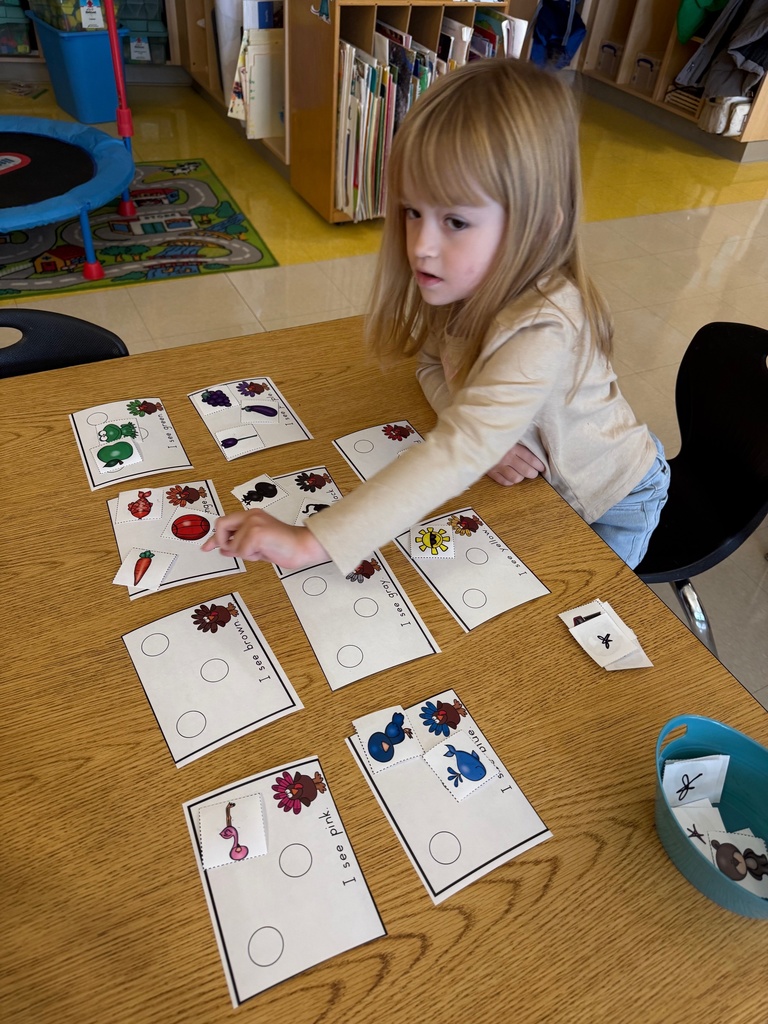
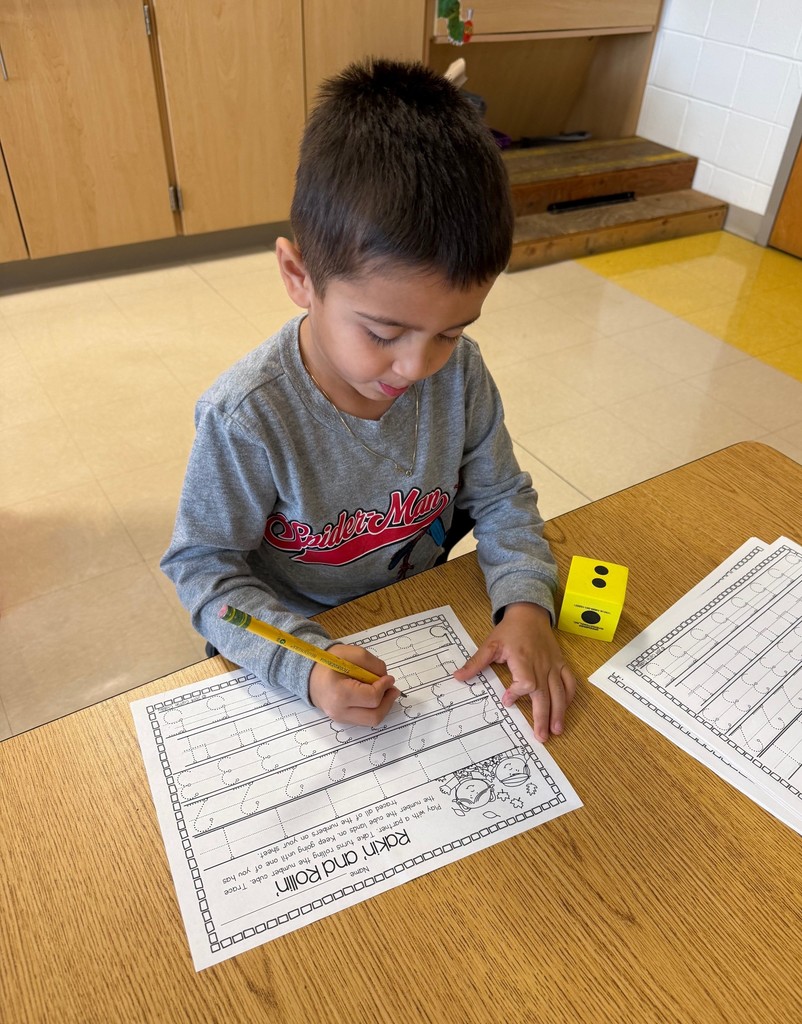
The idea was the brainchild ES secretary Tammy Zamot, and these little students wrote some very sweet messages. Even if the spelling and/or penmanship was a bit off, there was no doubt what the messages were meant to tell others. Some even drew what they were thankful for!
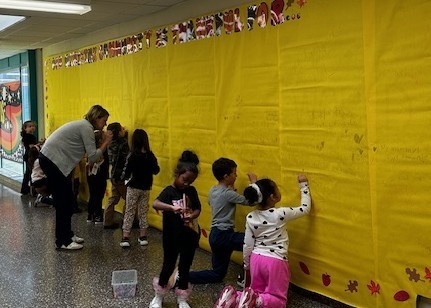
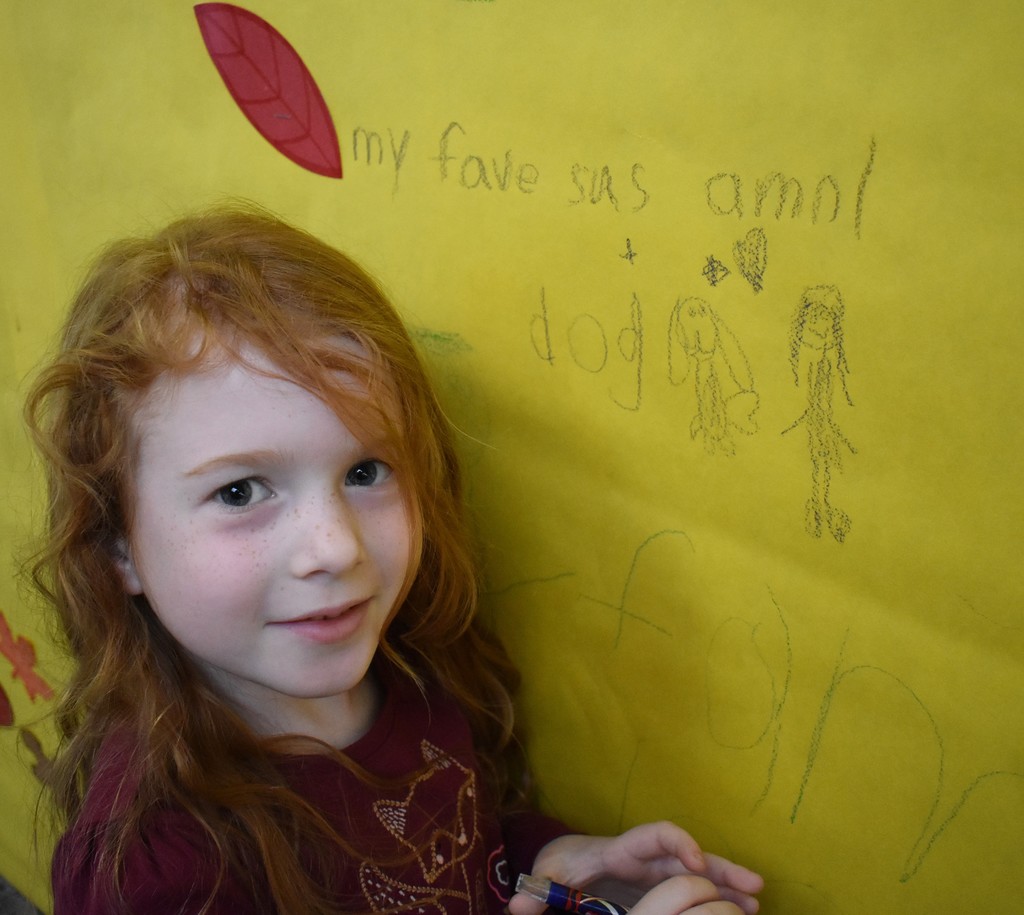
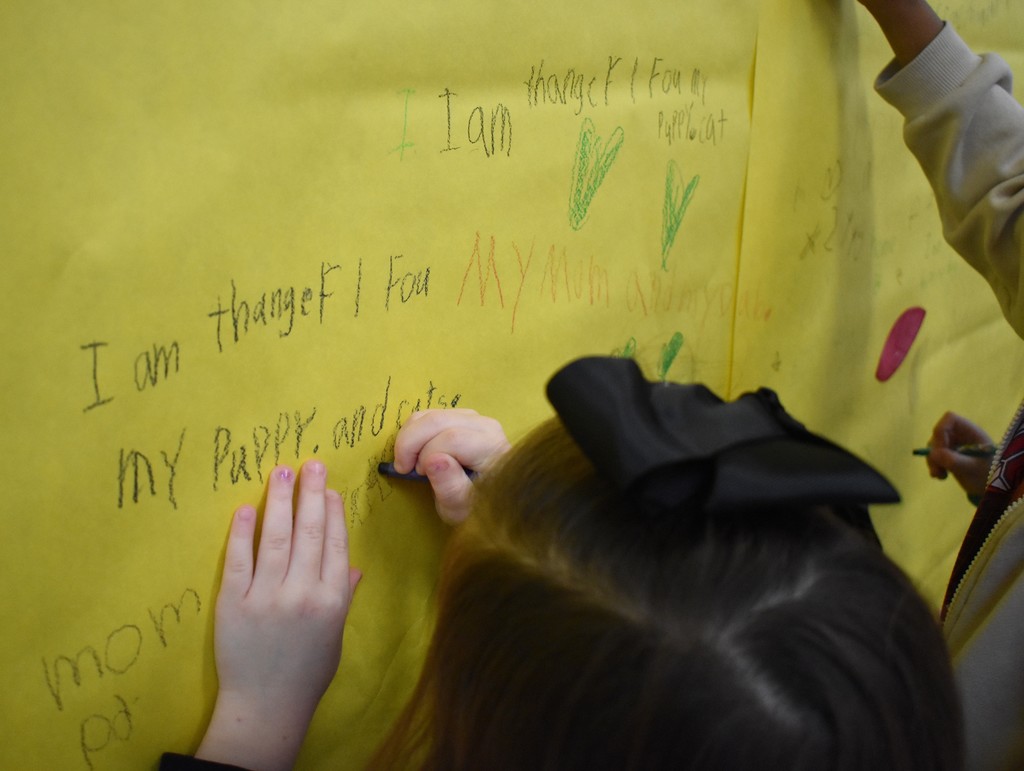
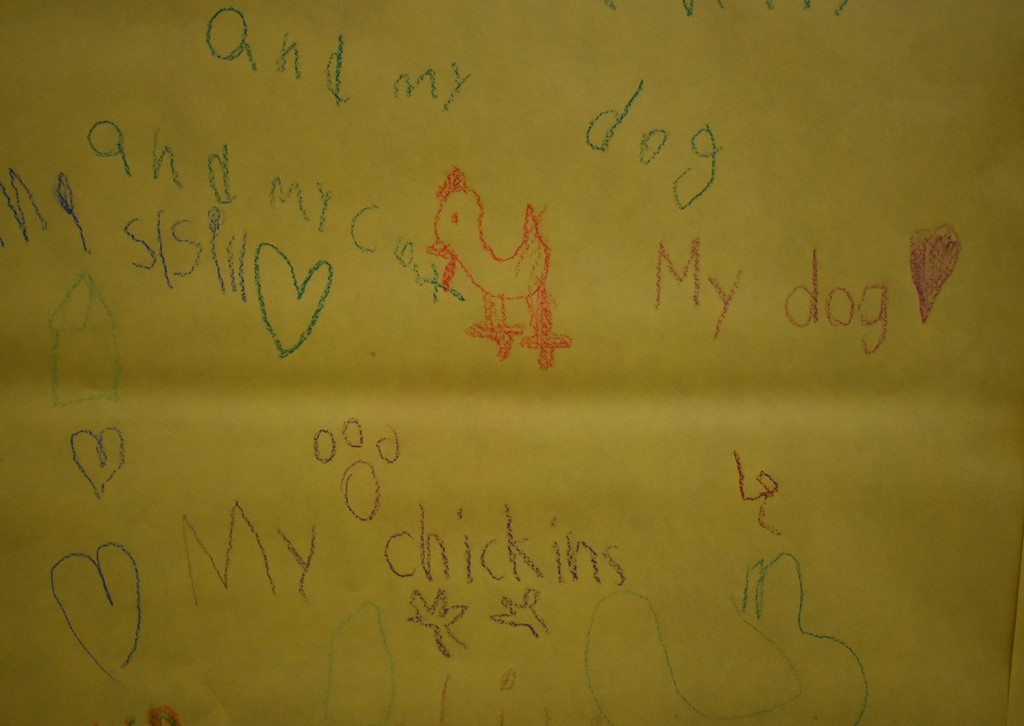
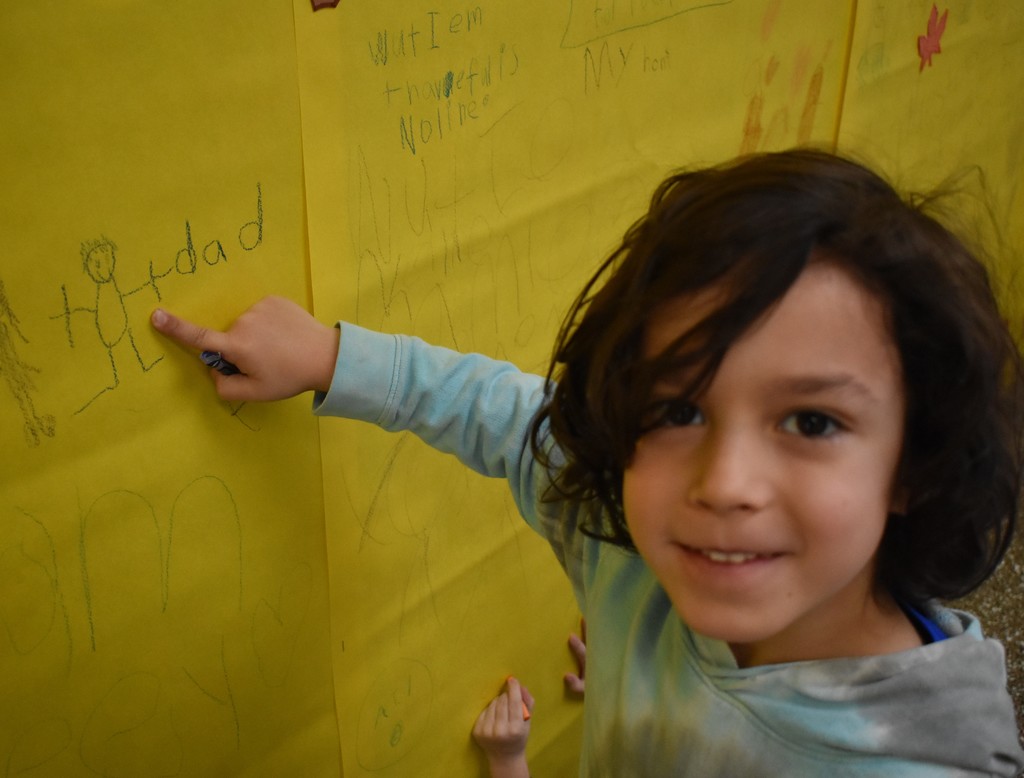
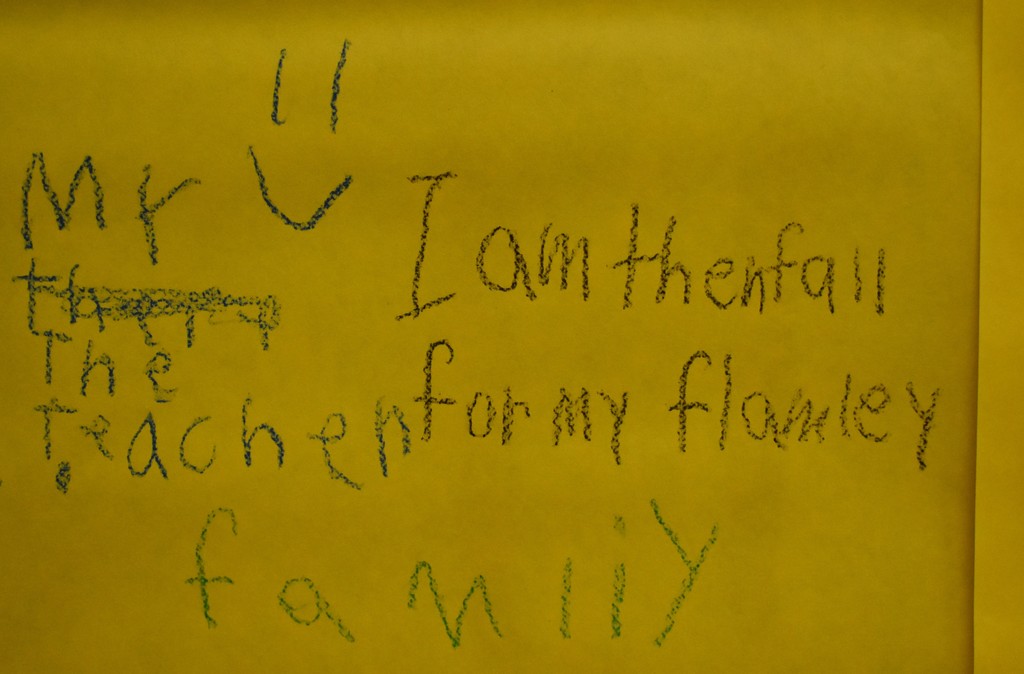
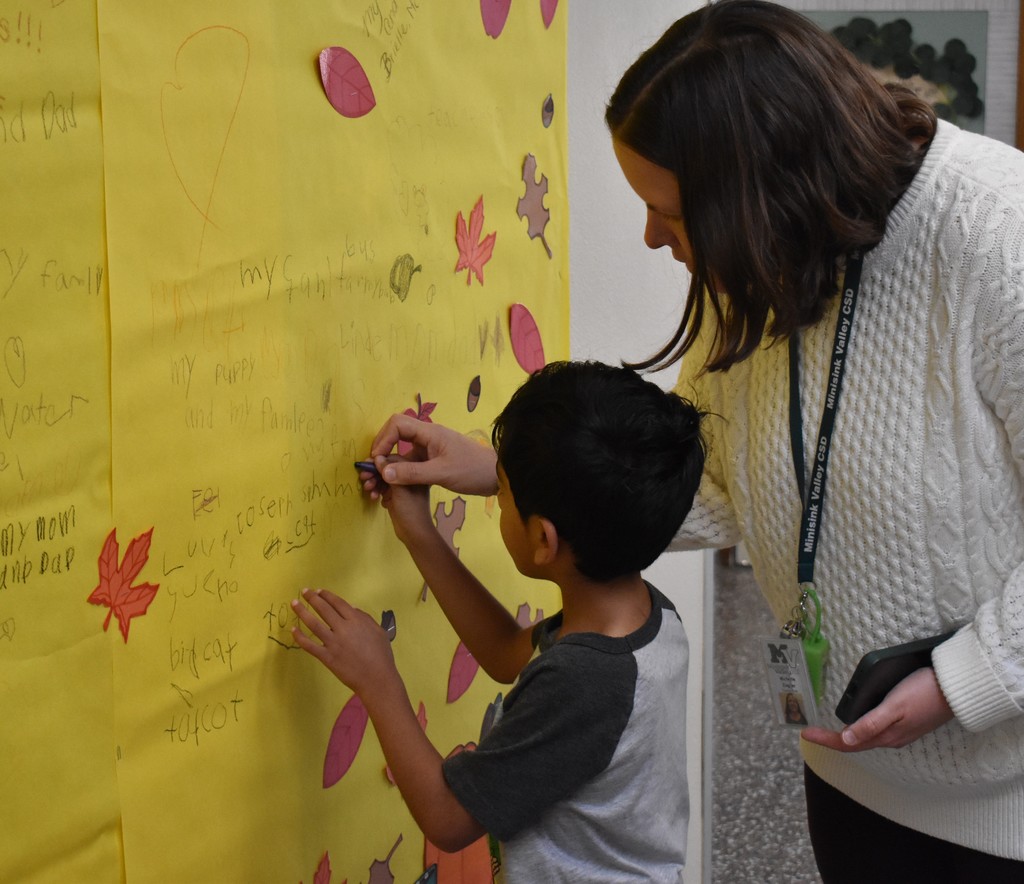
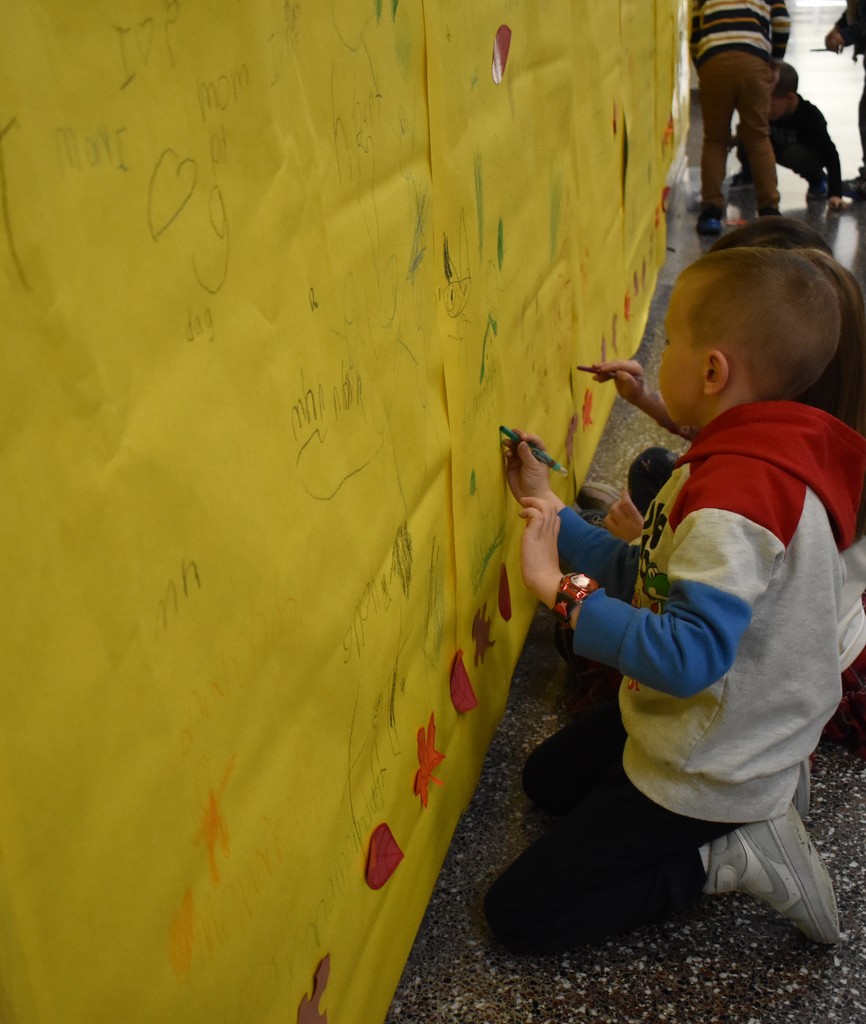
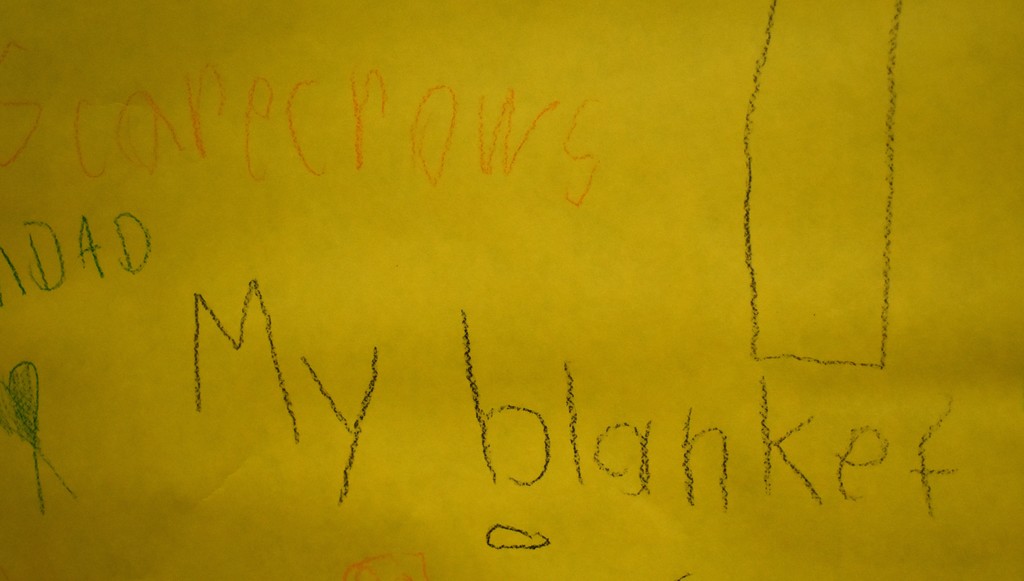
In the Nov. 21 NYSPHSAA Regional Championship game, our Varsity Football team played with grit, intense resolve, determination and unbelievable drive and effort, but will not be advancing to the next level of state competition after the 42-12 final score against Rye.
We are beyond proud of this year's Varsity Team...they are the 2025 Section IX champions who finished Section IX play undefeated....the first undefeated season in 17 years!
They came to every game, including tonight's game, well-prepared and represented Minisink with honor and distinction. These talented young men are always winners to us!
Please join us in congratulating the players and coaches and everyone associated with team for a spectacular season. They will be back next year... stronger than ever!
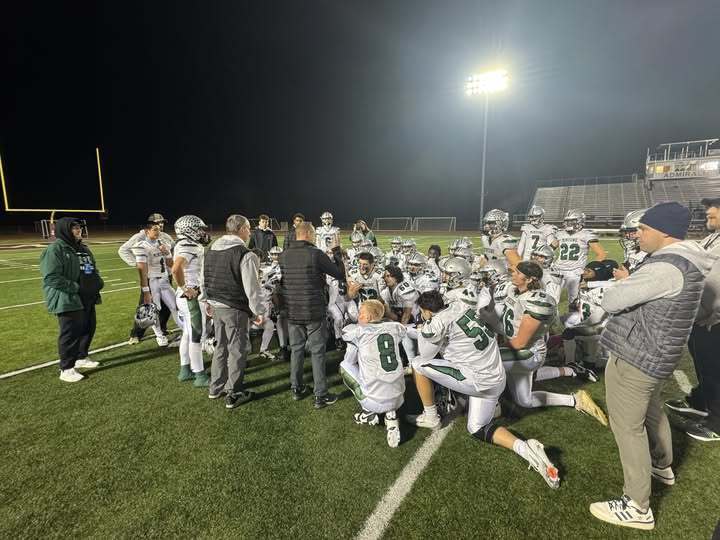
Using this information the class was able to identify what the phrase "All roads lead to Rome" means, and how they are still able to see the early aspects of this civilization in today's world including in architecture, government, and more!
The saying "all roads lead to Rome" means that there are many different methods to achieve the same result or goal. It’s a metaphor for the inevitability of reaching a common outcome, regardless of the path taken. The phrase originated from the Roman Empire's extensive and centralized road network, which radiated out from the capital city of Rome.
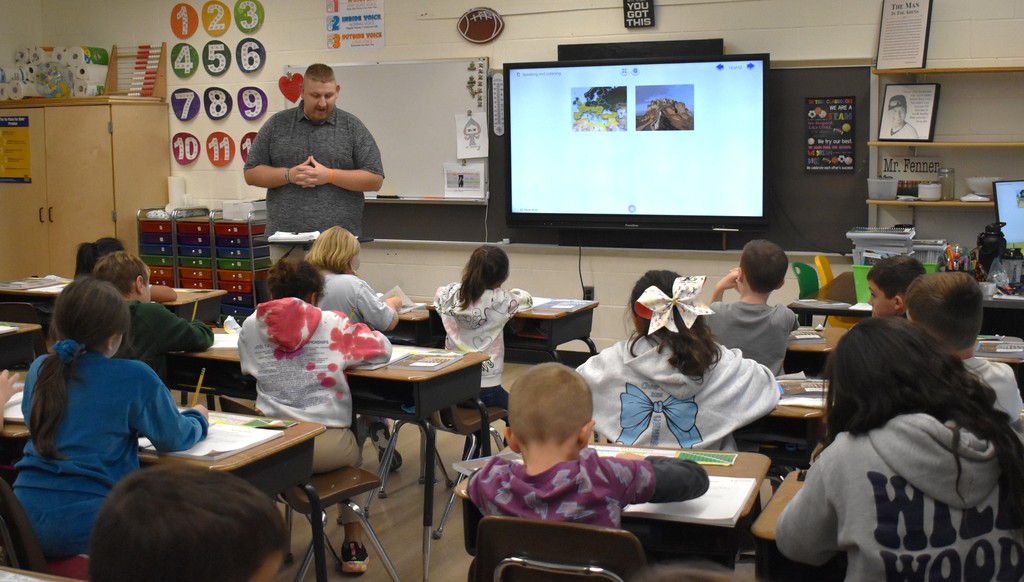
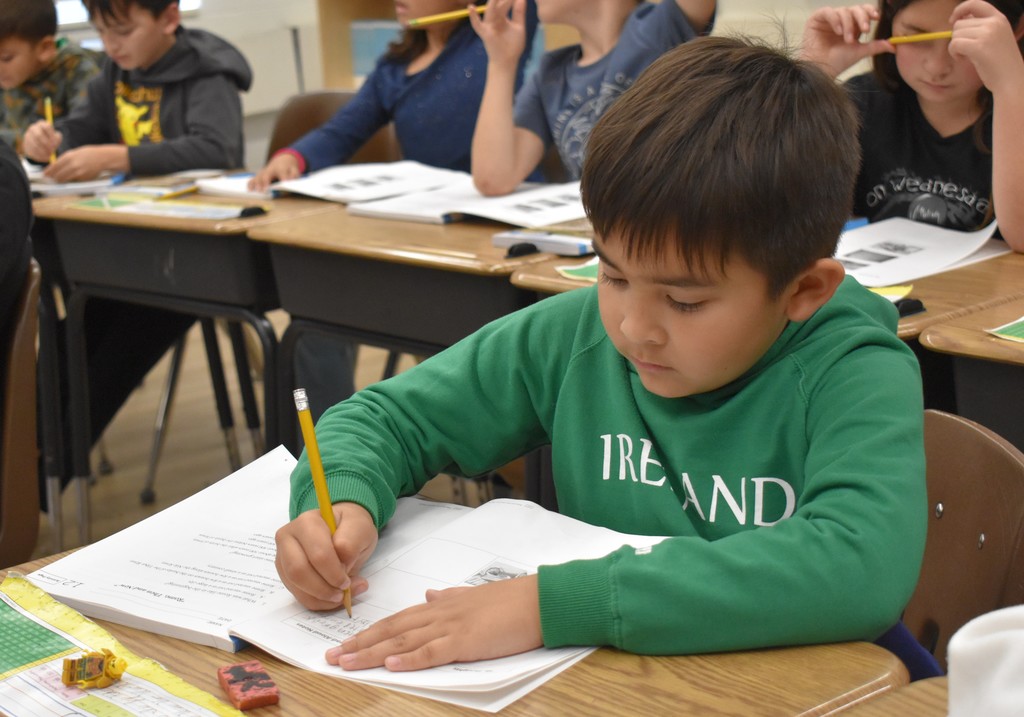
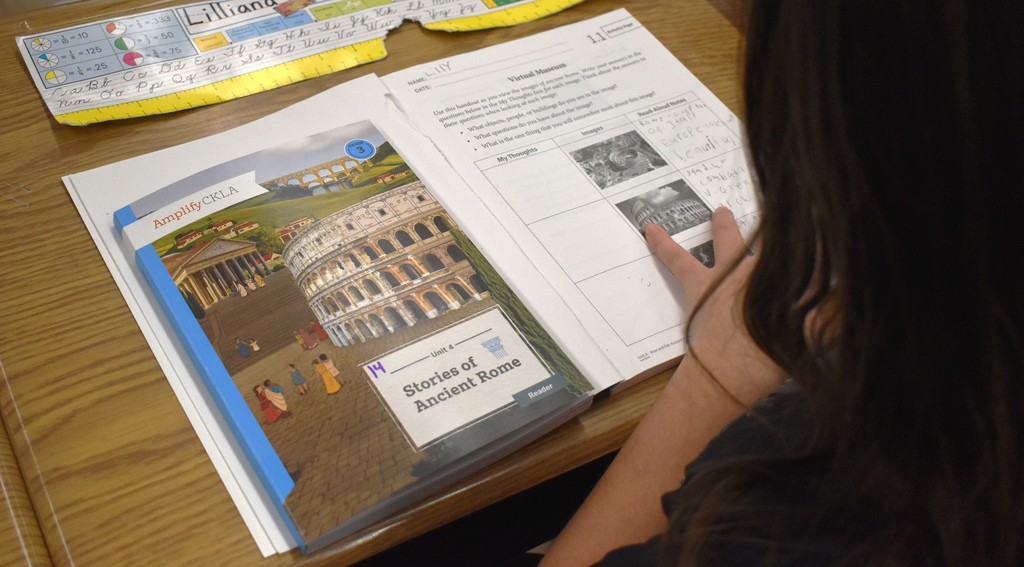
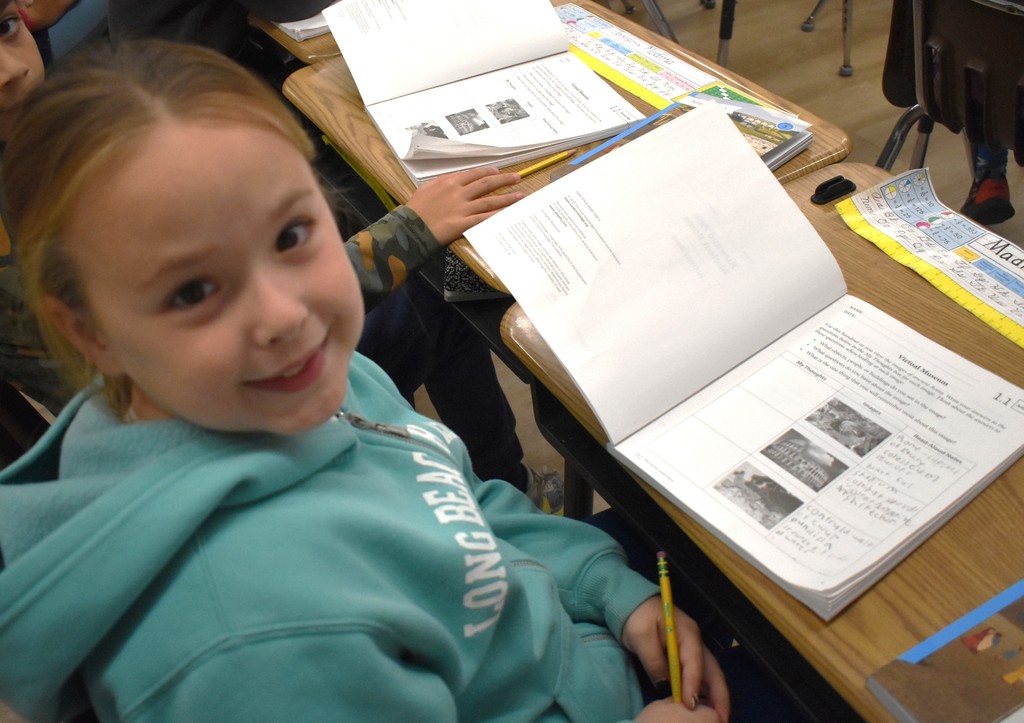
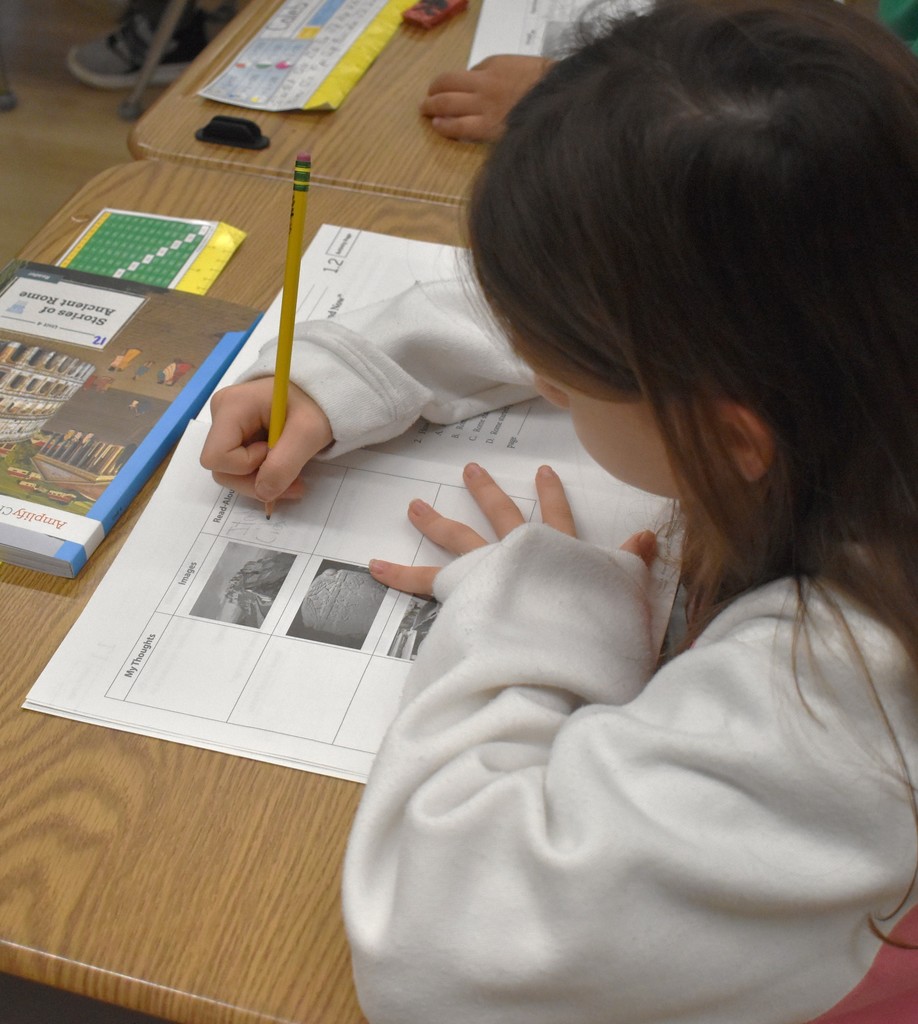
Take a peek at their clever ideas, created in their "Disguise a Turkey" at-home family projects Murphy assigned. A wonderful bonus was each student presented their work to their peers, giving everyone a great opportunity to further work on their public speaking skills!
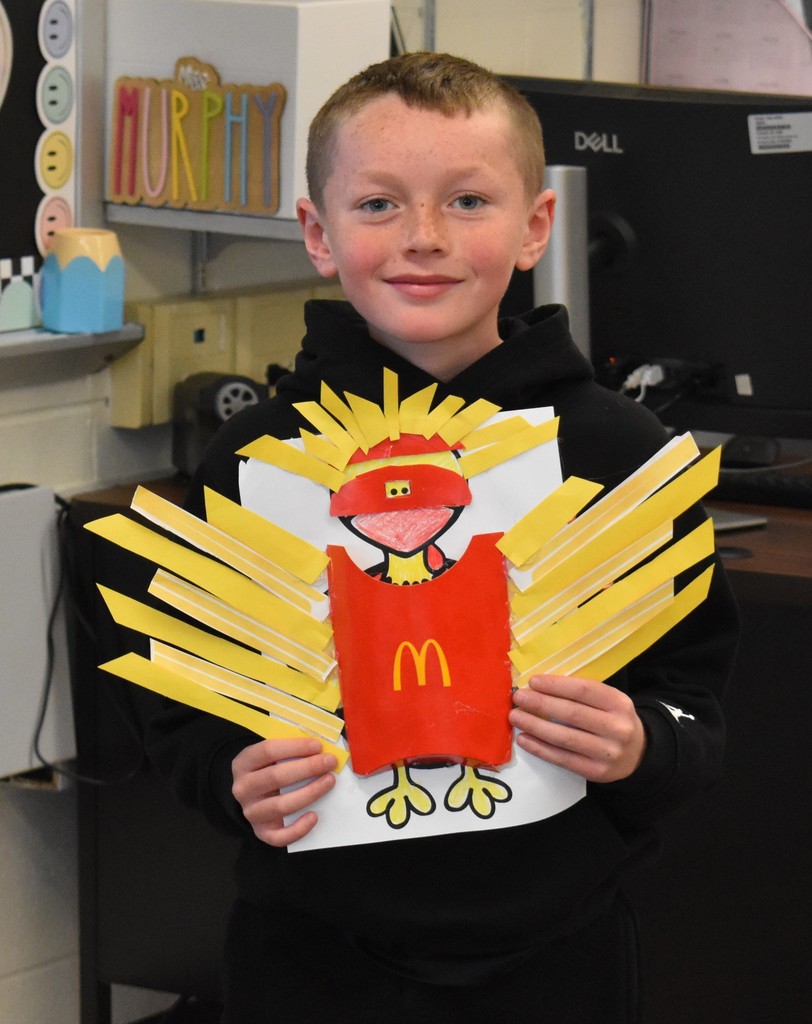
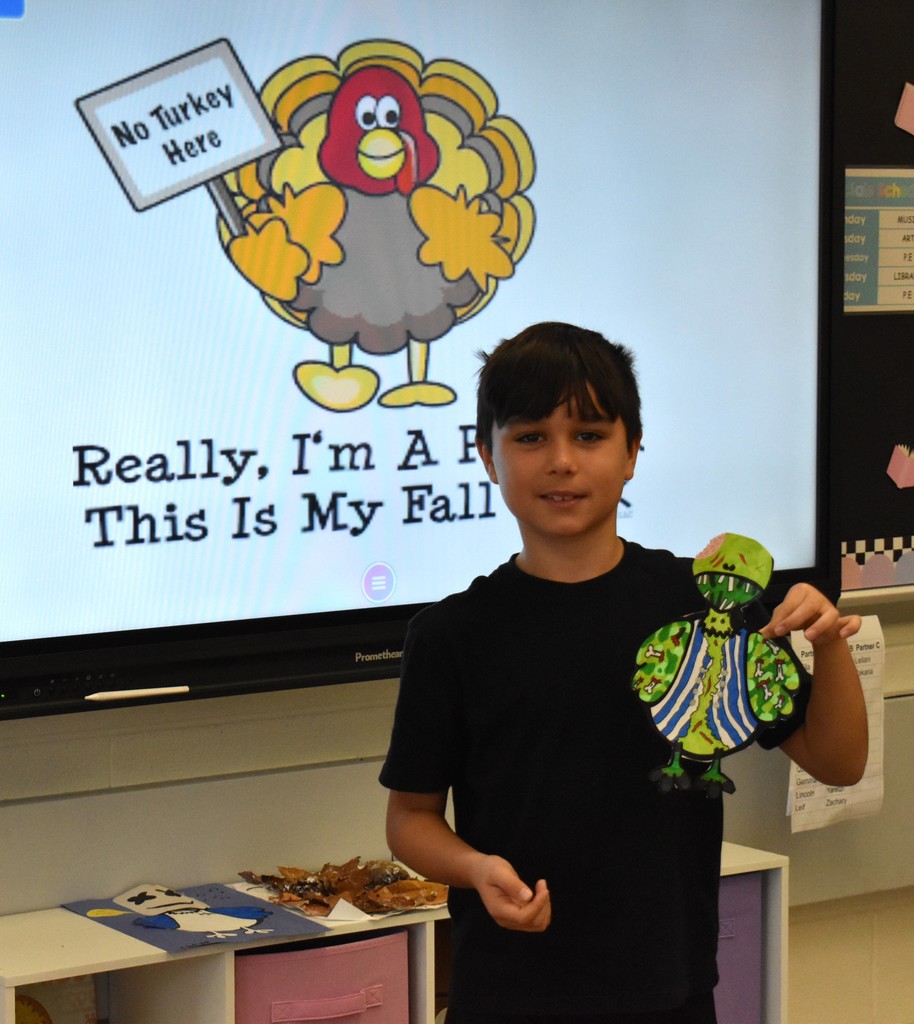
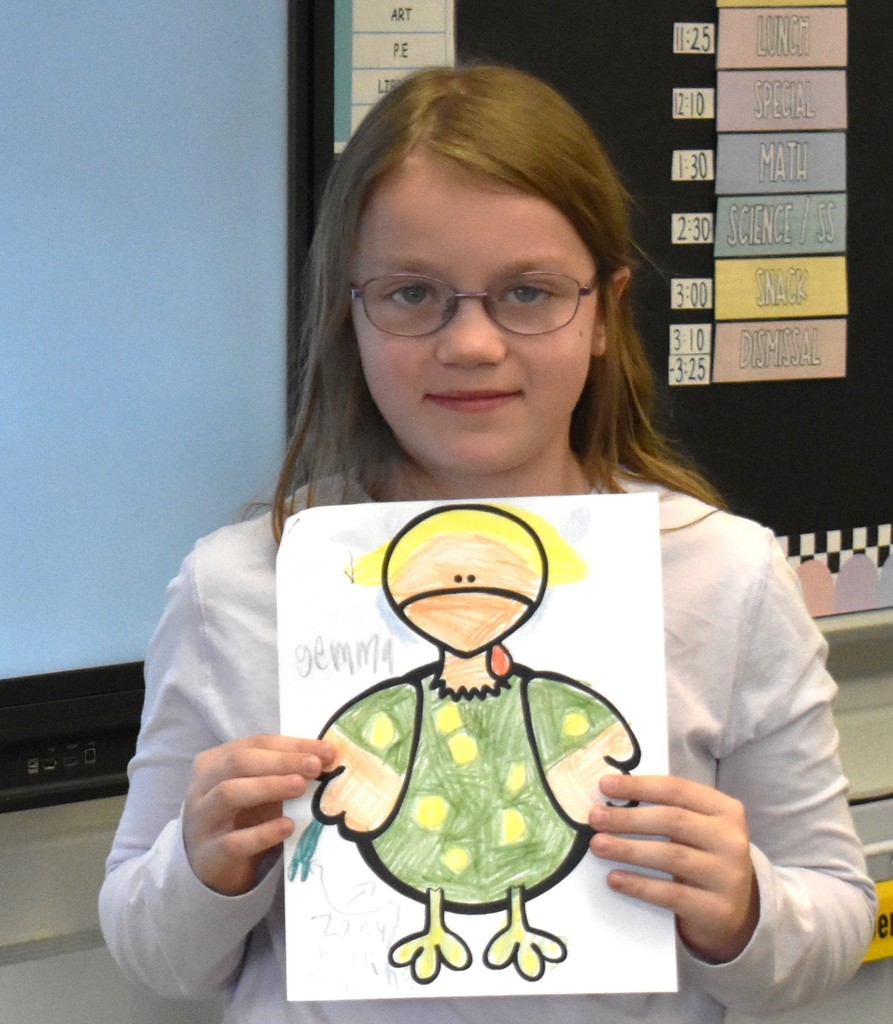
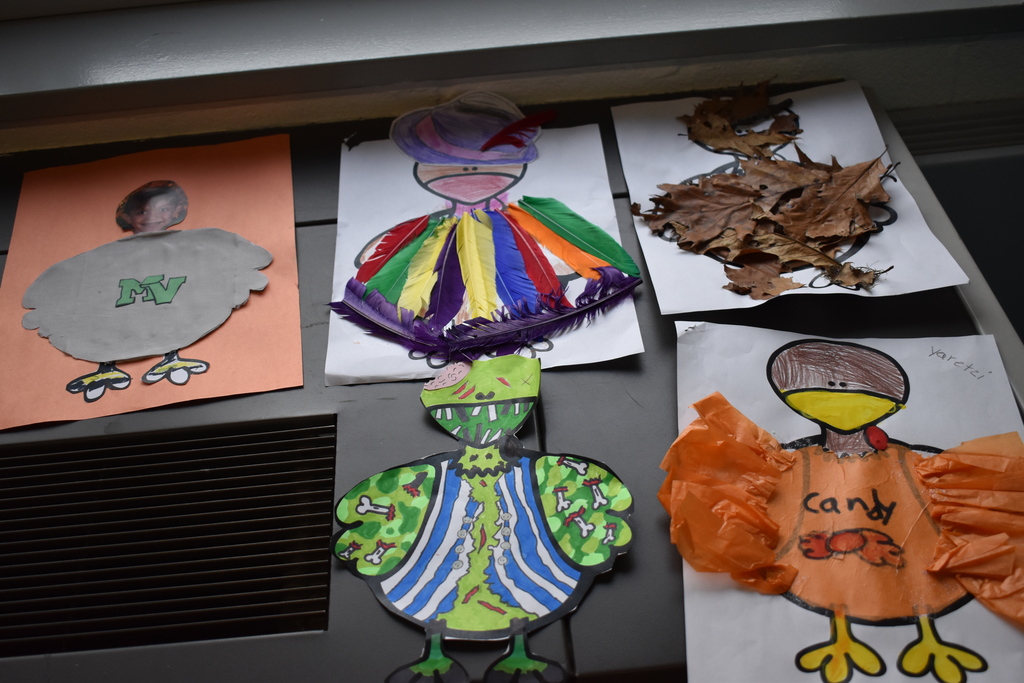
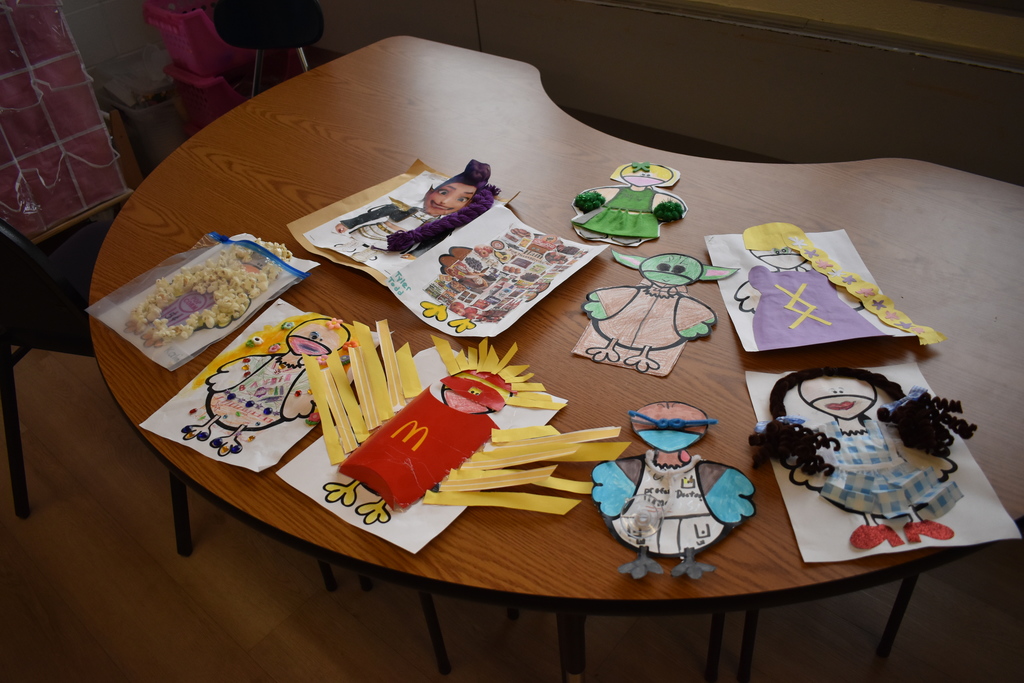
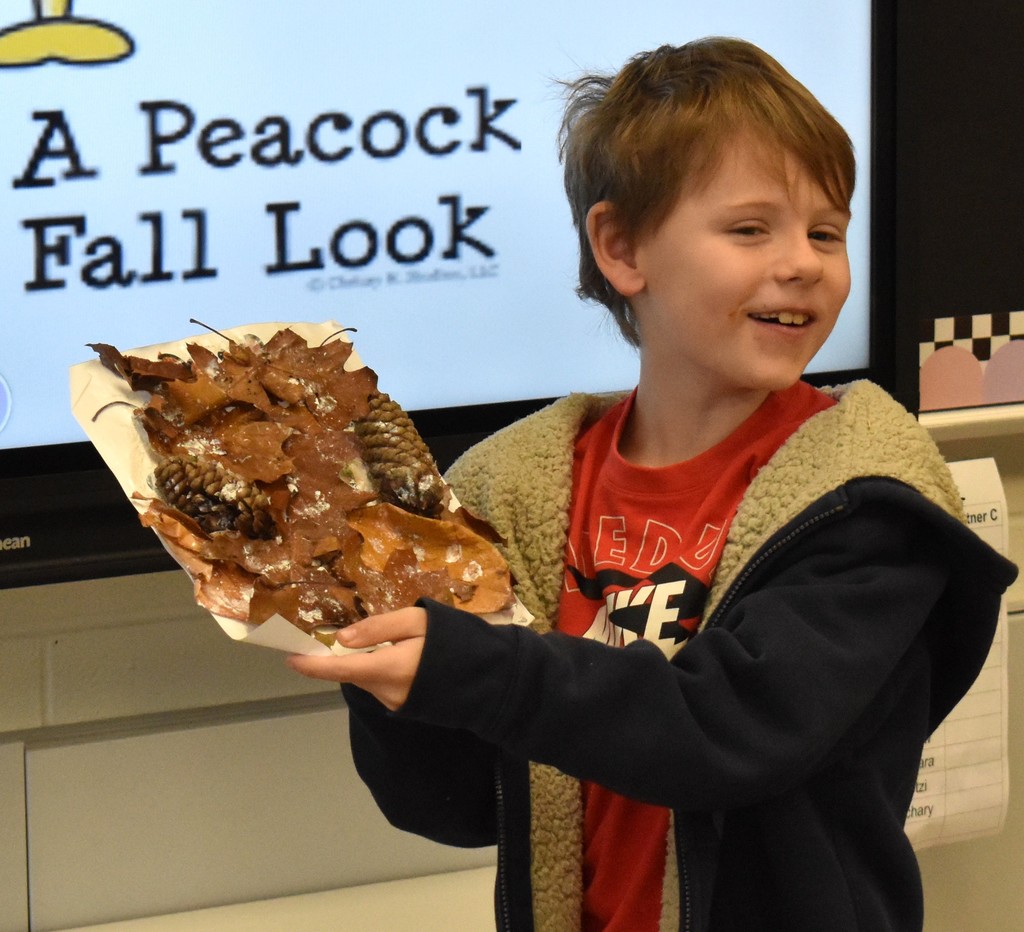
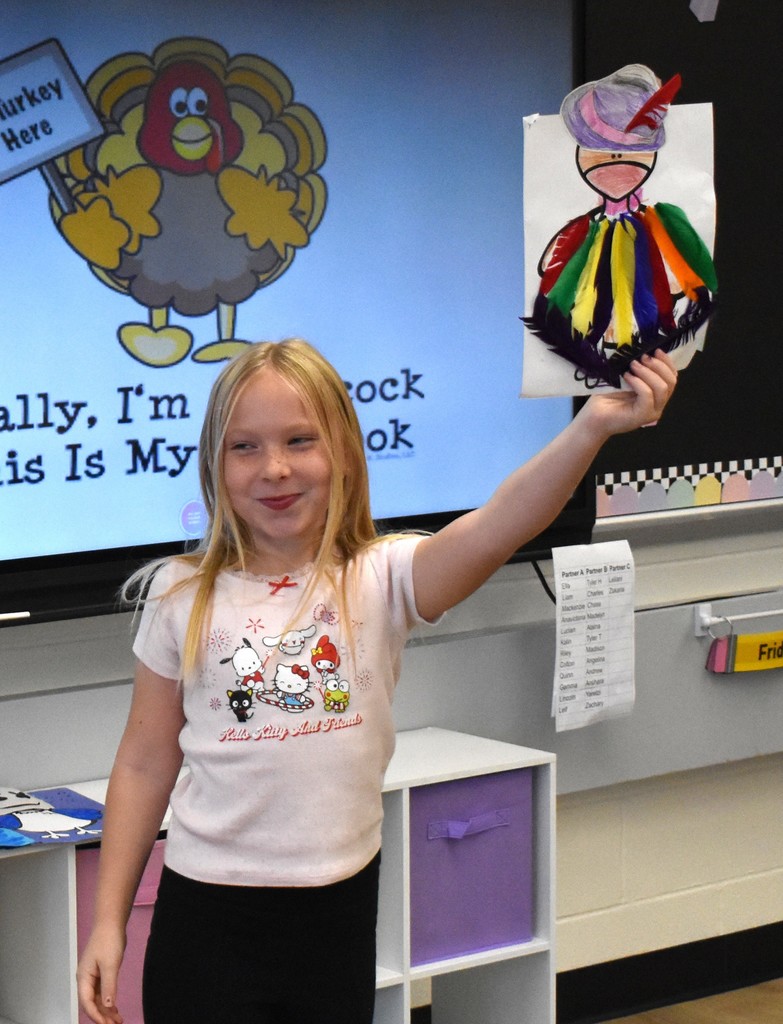
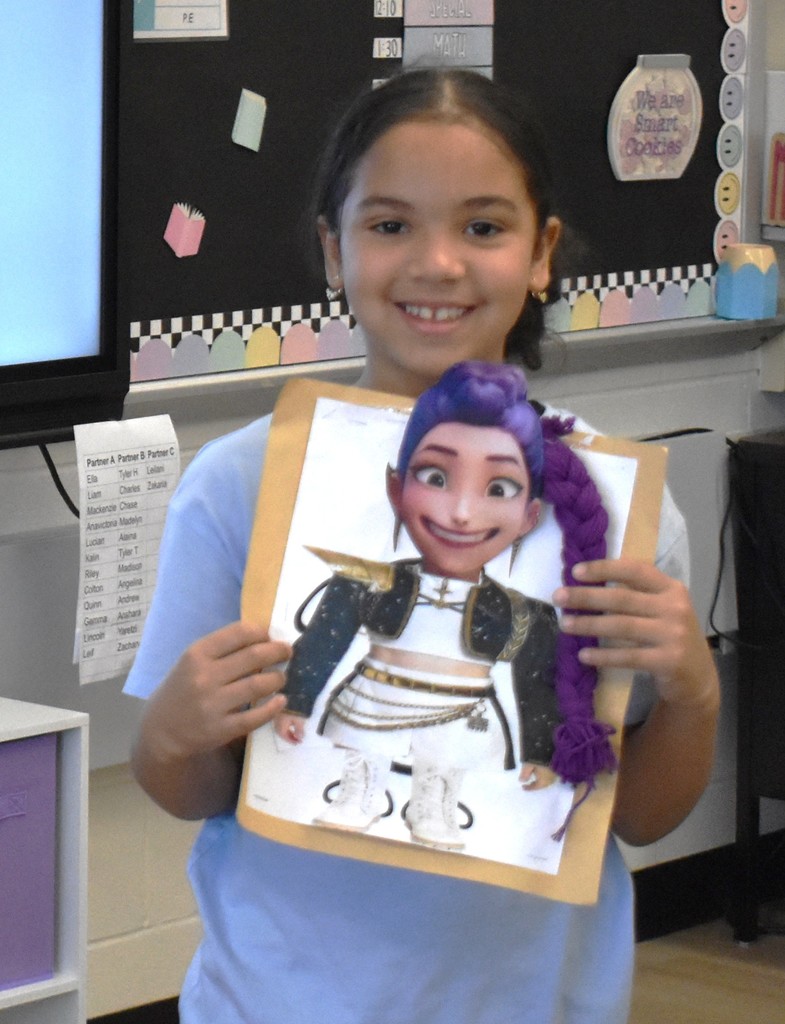
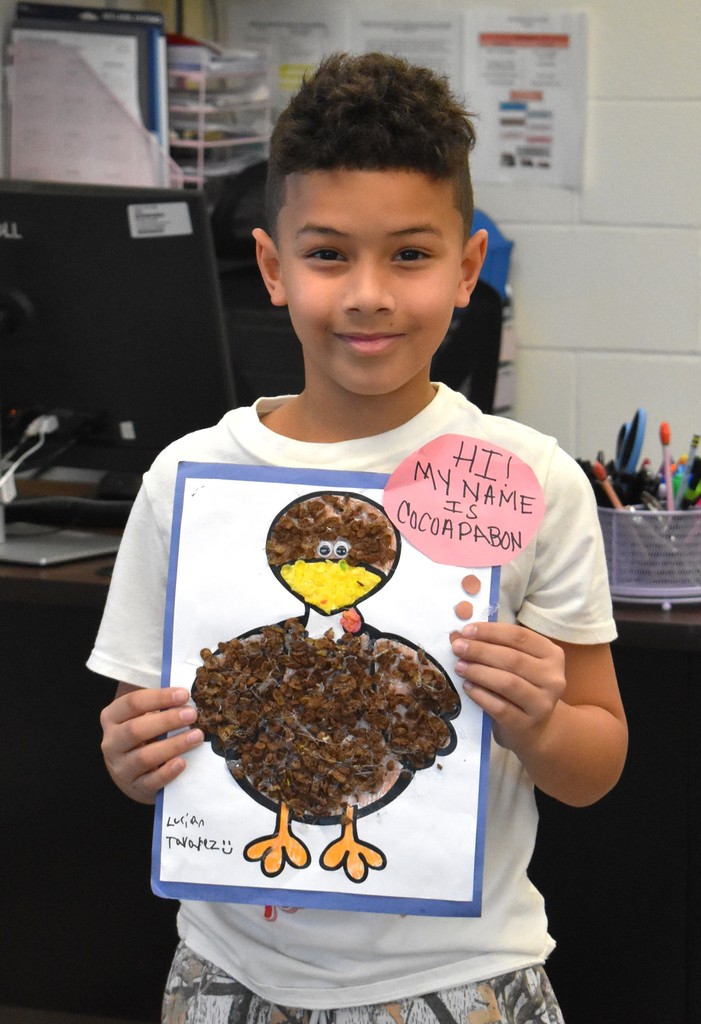
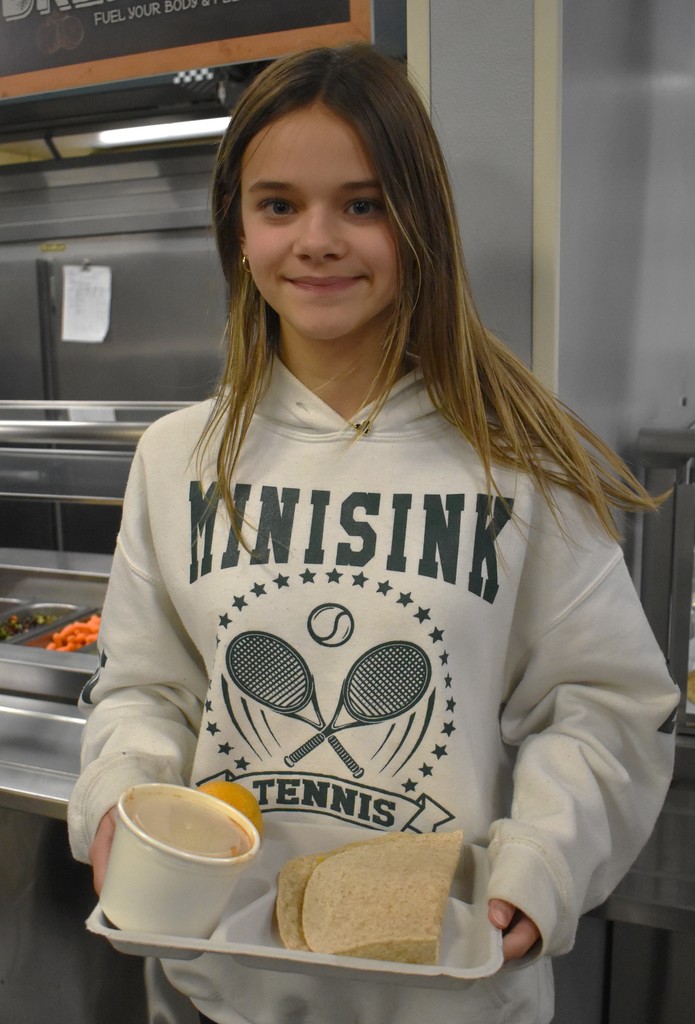
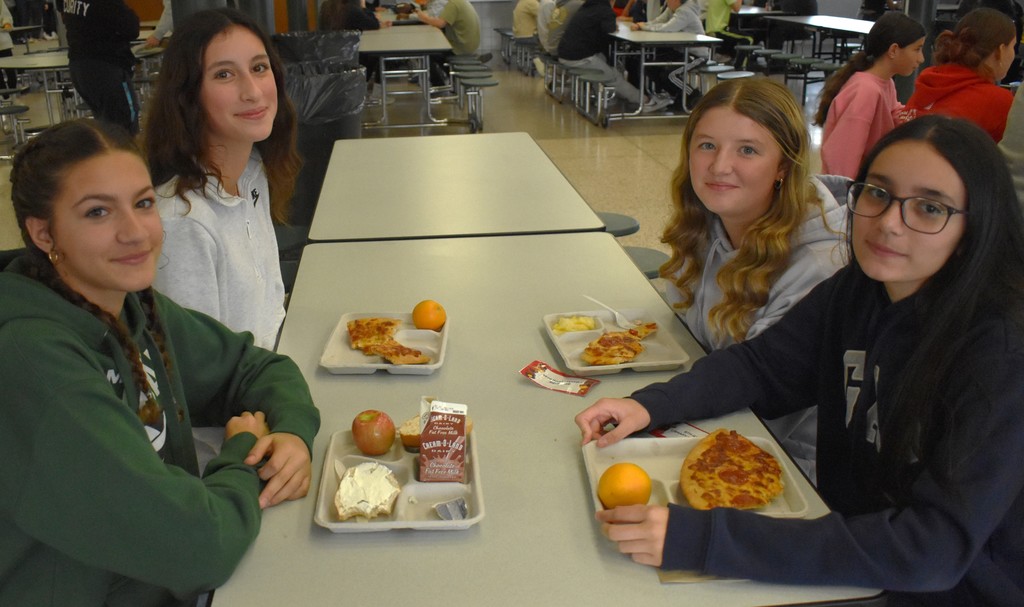
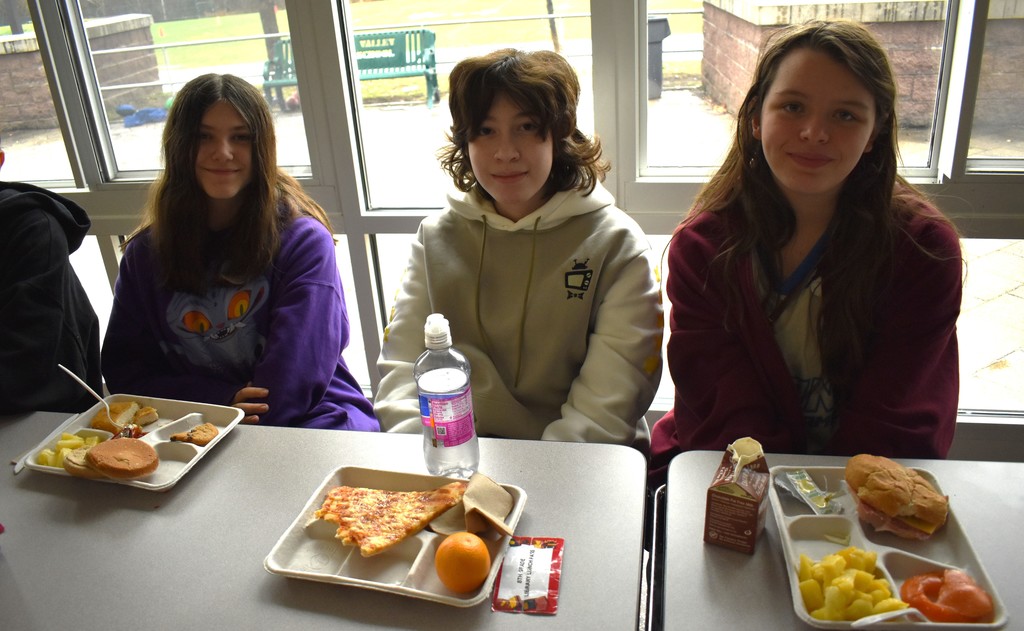
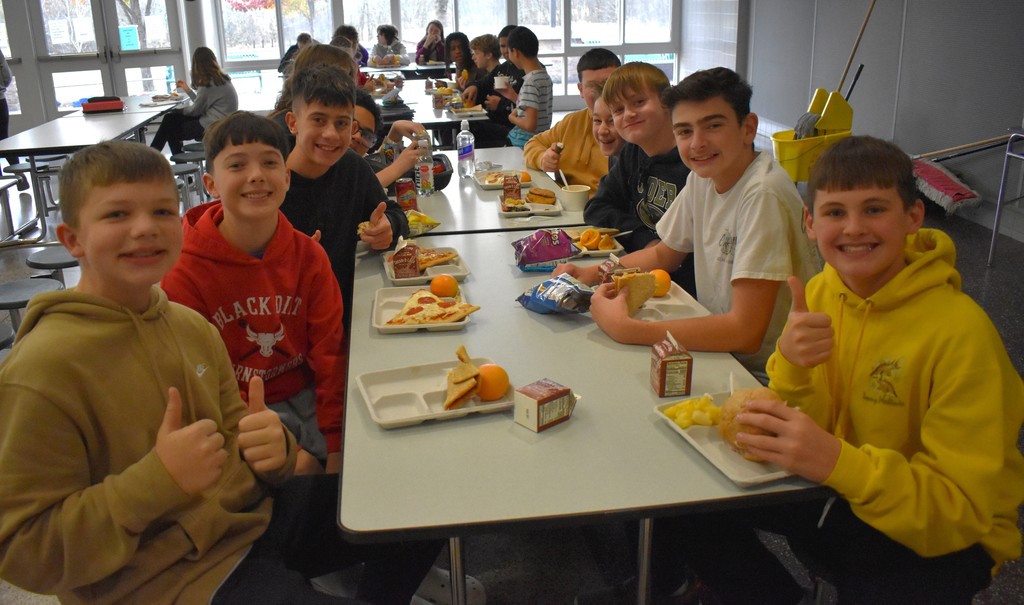
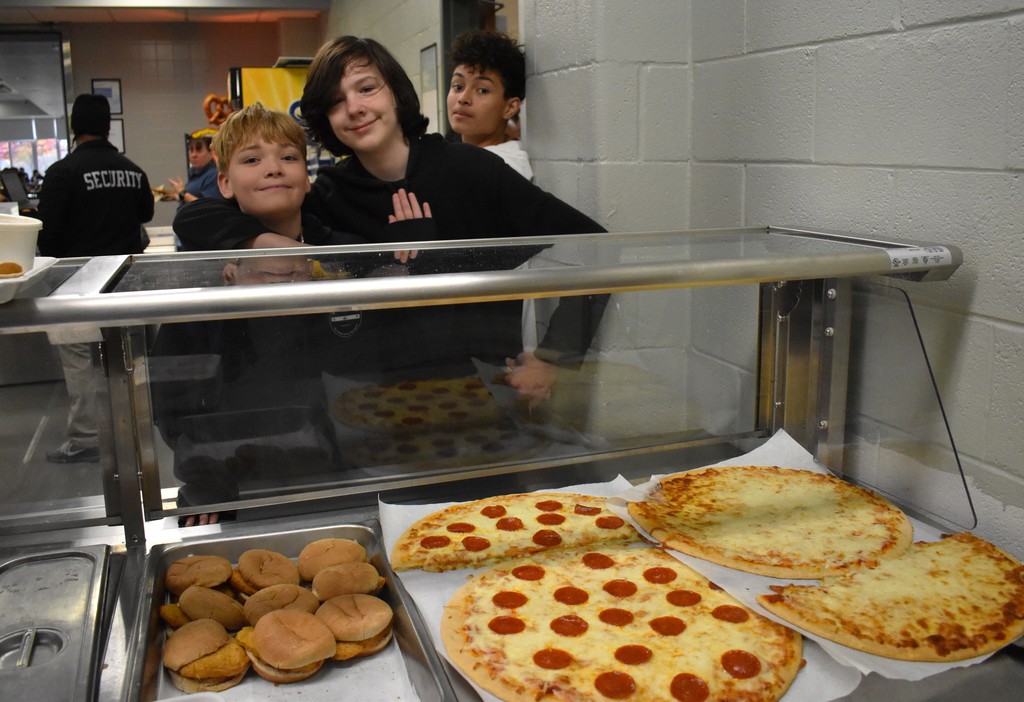
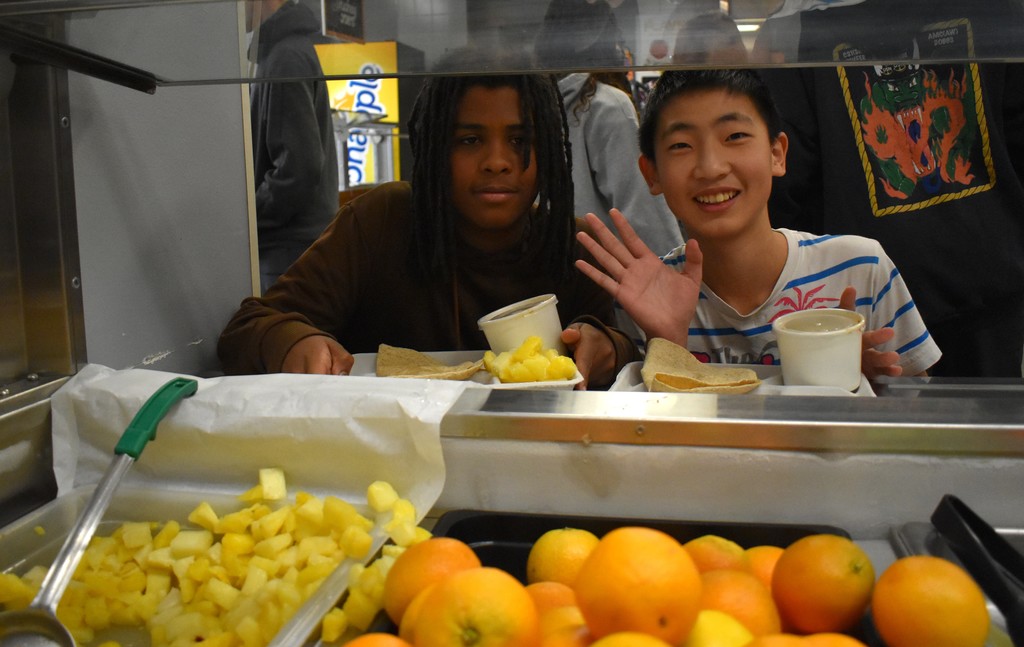
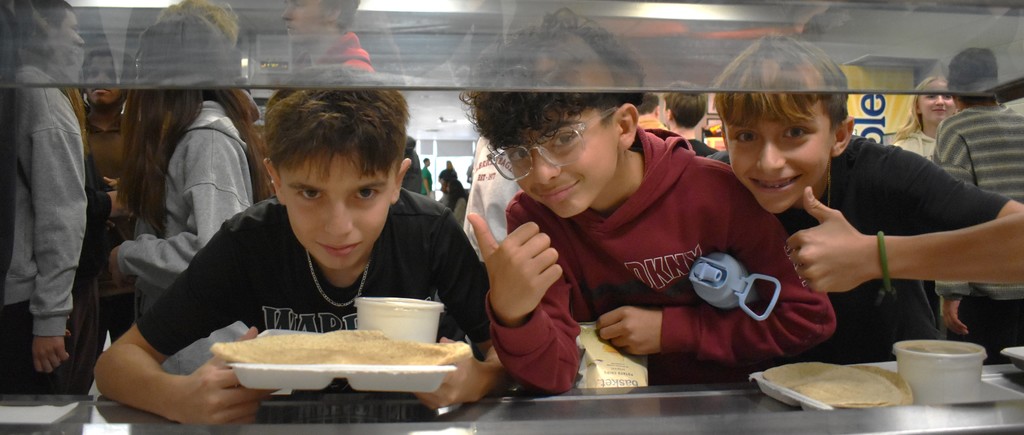
SIMPLY AMAZING! THANK YOU TO EVERYONE WHO CONTRIBUTED…and to our friends Cuginos for being a part of this effort!
The High School’s Youth Against Cancer Club raised $516 at its recent GO PINK Coin Drop at Cuginos. And…how wonderful is this: The High School’s FBLA donated $300 to this fundraiser from the High School Store’s sales for the PINK OUT game held that same evening. What a wonderful demonstration of high school club camaraderie!
The donation was presented to the Oncology Unit at Garnet Medical Center in honor of Breast Cancer Awareness Month on Nov. 19. Club President, Board of Education Ex-Officio Student Member and Senior Heather Day presented the $816 check to Jessica Gerlach, R.N., Garnet’s manager of radiation oncology and clinical trials; and Tanya Camacho, R.N. and Katelin Trainor, R.N., infusion and radiation nurses.

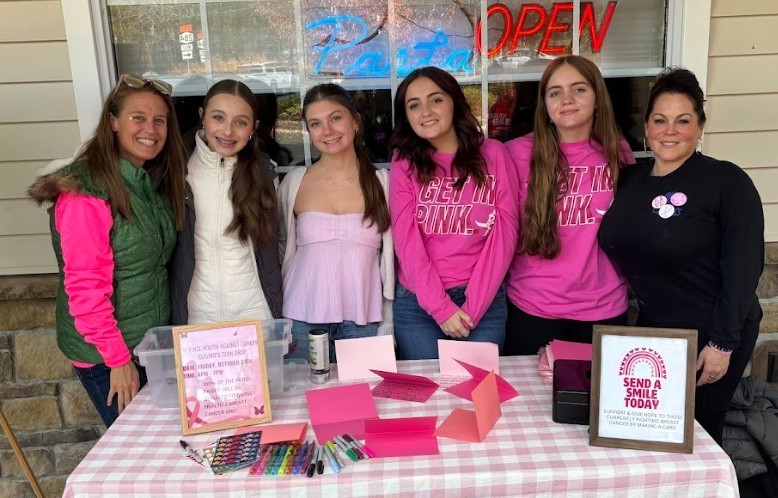
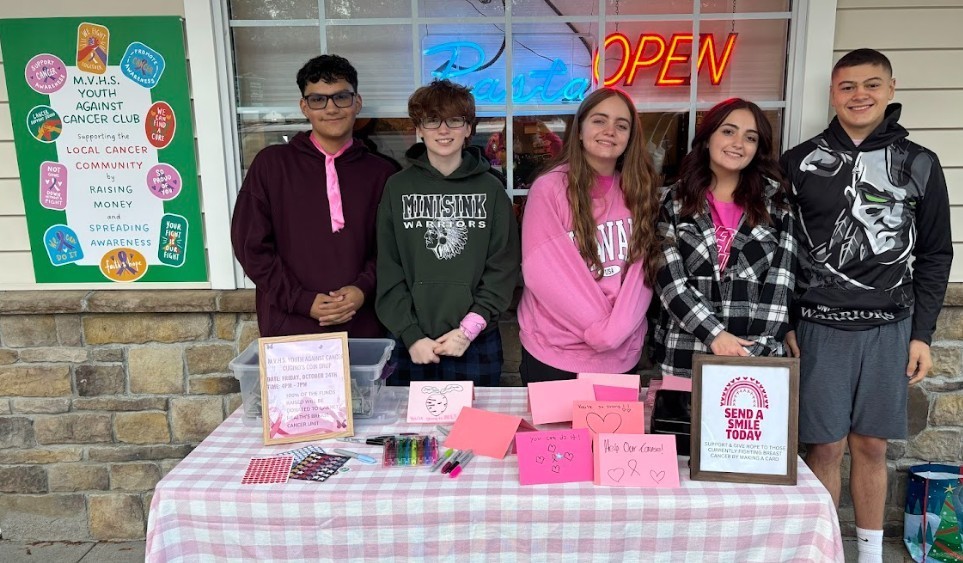
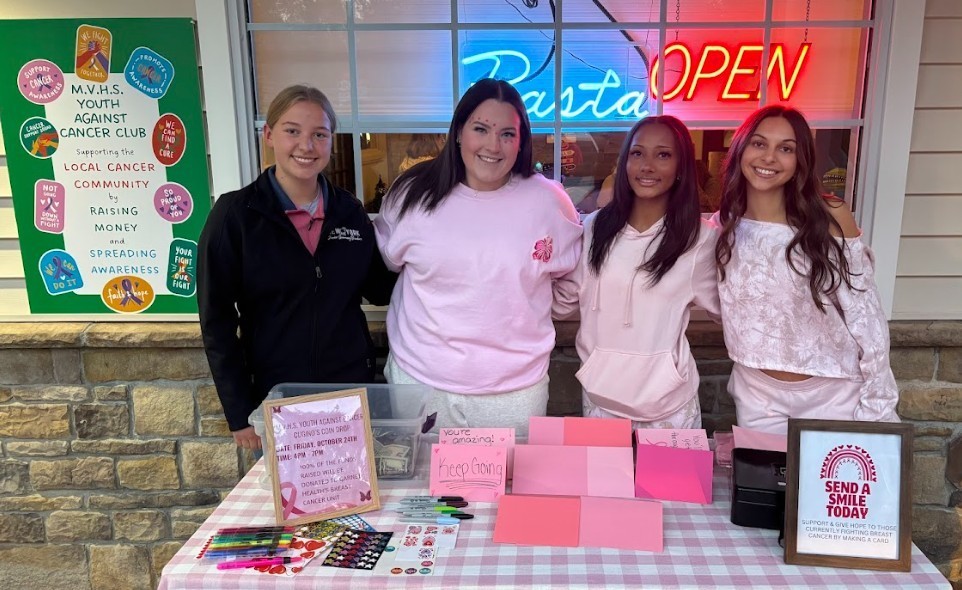
Day 1: Students used their eyes, ears, hands, and noses to observe Skittles—shaking, smelling, and describing their bright colors and smooth texture. Then they added water and watched as the colors spread out to form beautiful rainbow patterns!
Day 2: Students used their sense of taste in a fun partner challenge: Could students guess the Skittle flavor without peeking? They recorded data, made predictions, and compared results—all while learning that science can be both delicious and educational!
•The "Skittles experiment" is a science project that demonstrates diffusion and concentration gradients by arranging Skittles in a circle on a plate and adding water to watch the colors spread and form a rainbow. It teaches kids how sugar and food dye dissolve in water and move from an area of high concentration to low concentration to equalize the concentration. The experiment can also illustrate the effect of water temperature on dissolving speed. It can also teach kids about scientific skills like forming hypotheses, making predictions, and observation.
•Skittles were first created in the United Kingdom in 1974, launched in the U.S. in 1979, and now have a slogan, "Taste the Rainbow," that was created in New York. The name "Skittles" is a reference to the sports game of the same name, and a single factory can produce over 100,000 individual Skittles per minute to meet global demand. The traditional pub game of skittles, a form of bowling played in the UK and Ireland, or Ninepin bowling, is a variation popular in parts of Europe and North America.
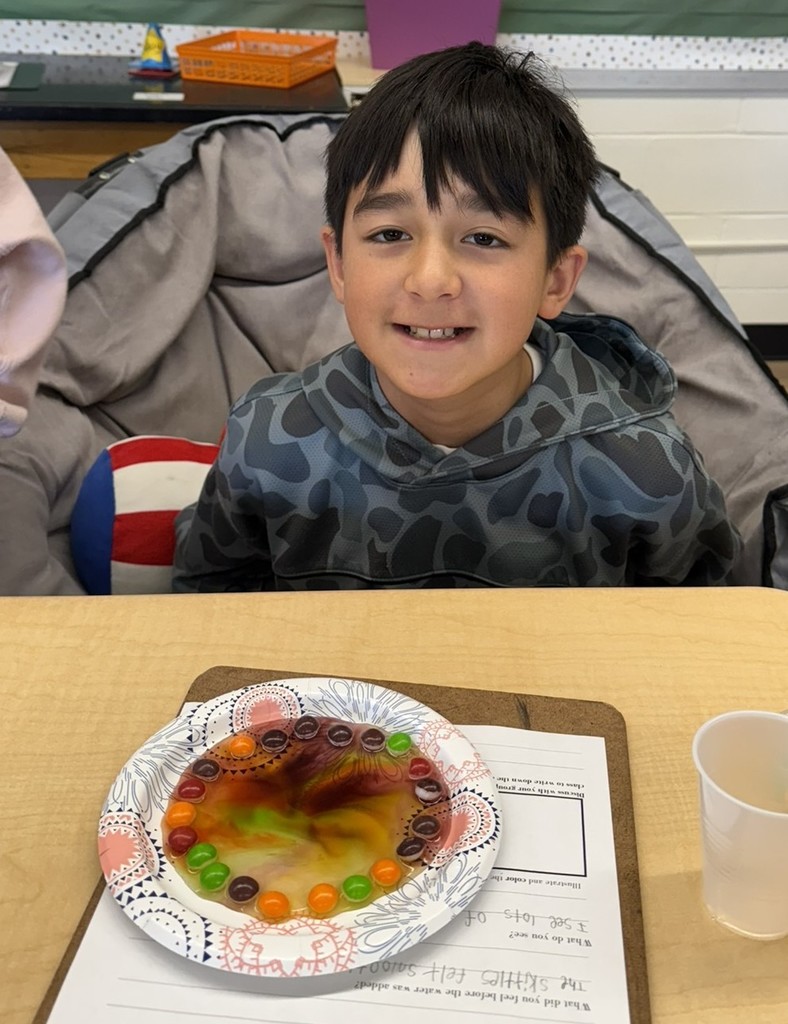
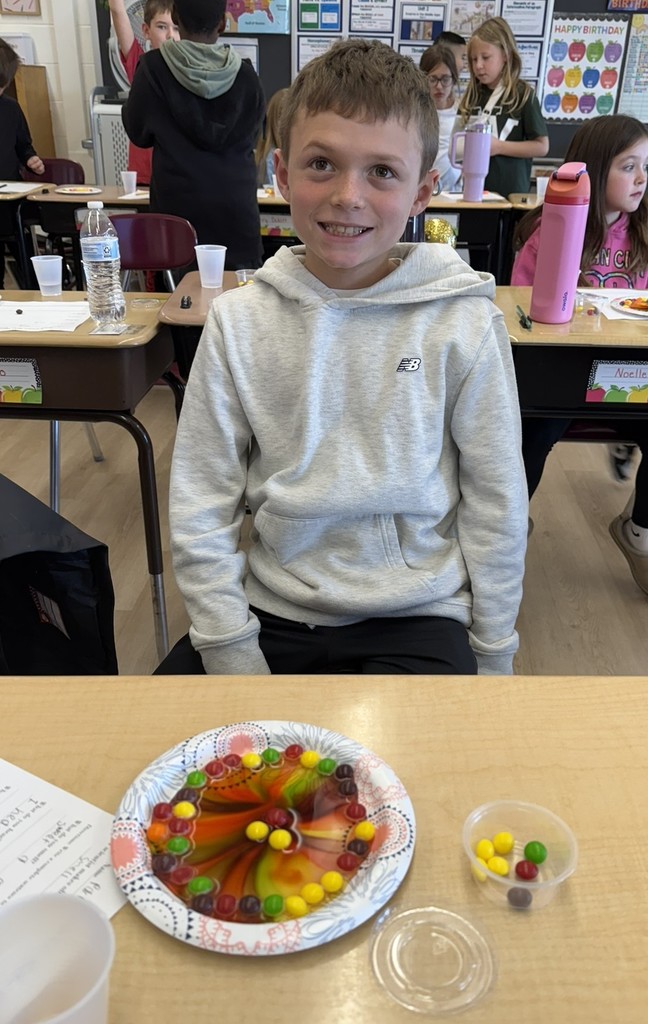
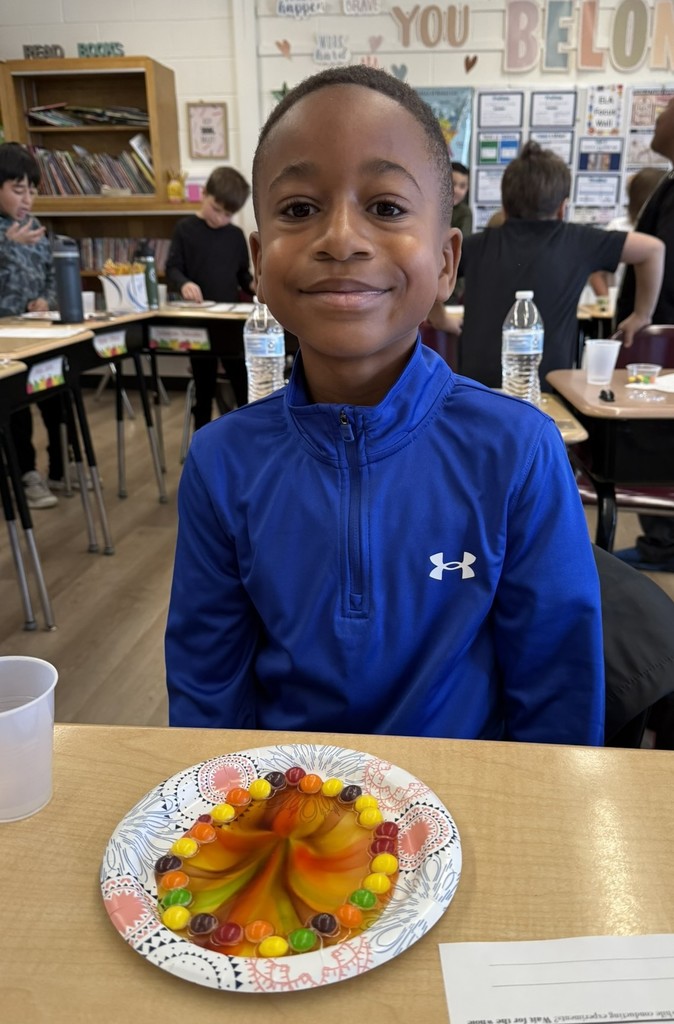
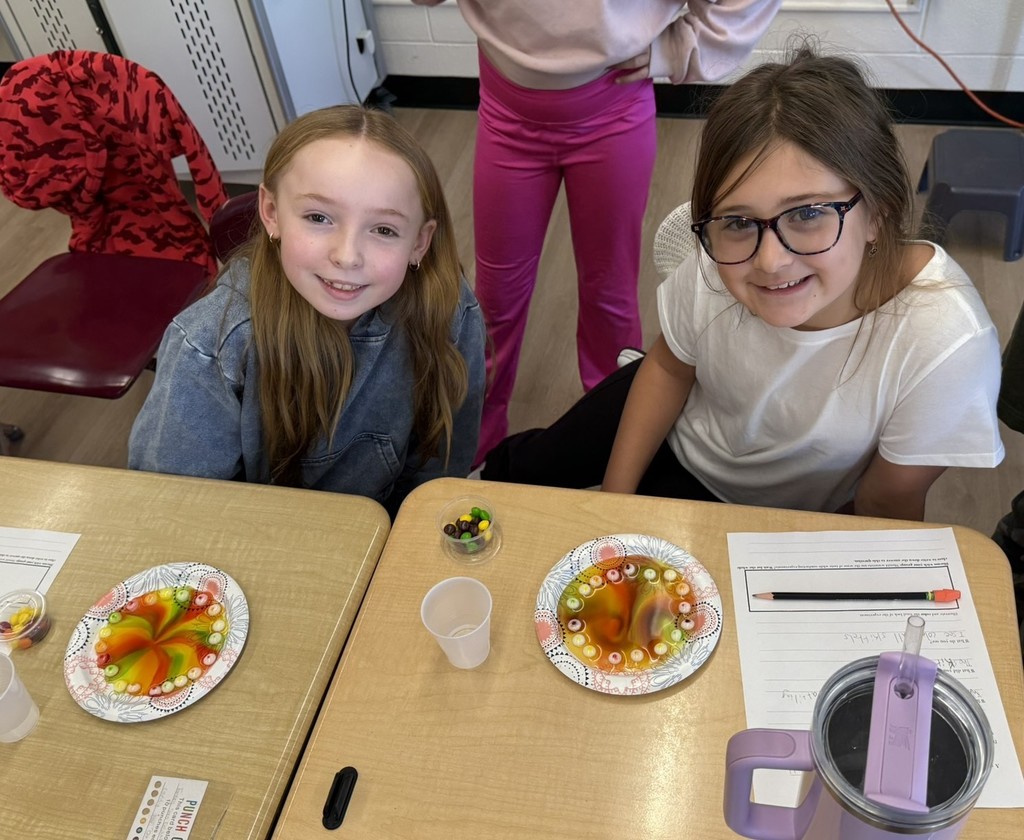
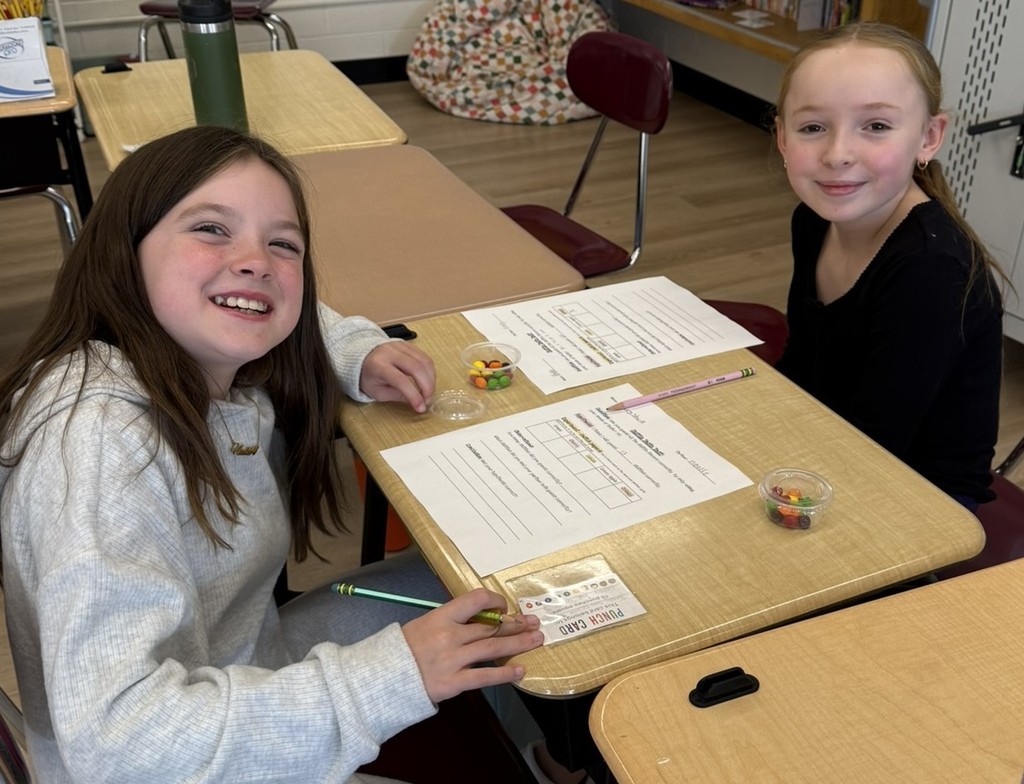
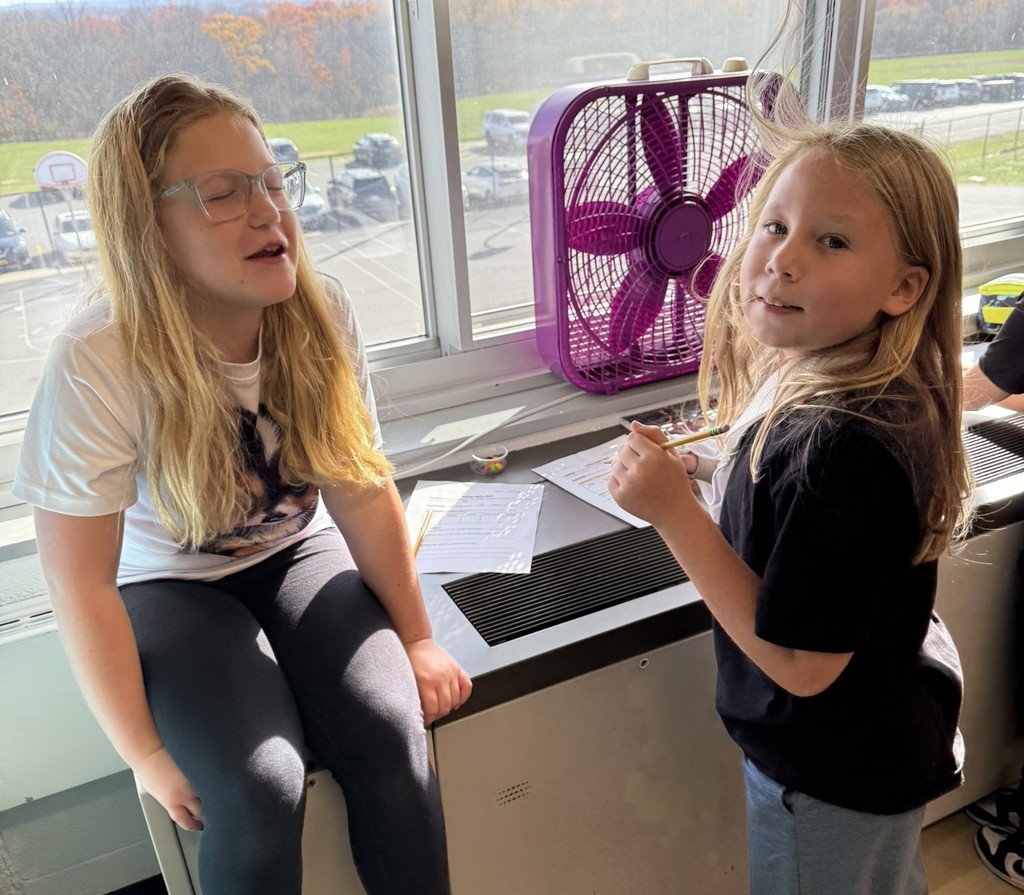
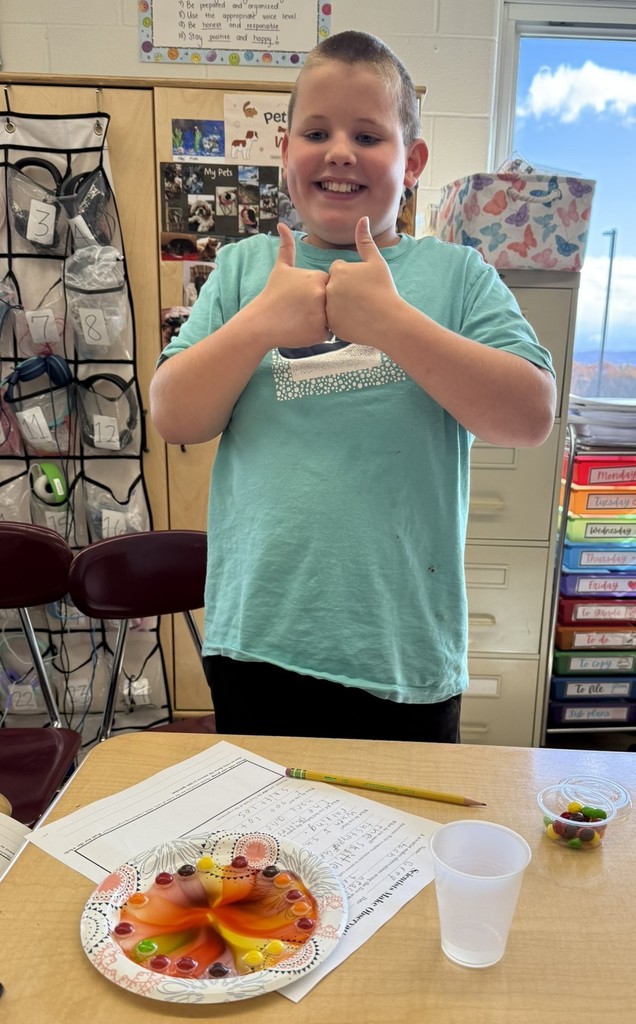
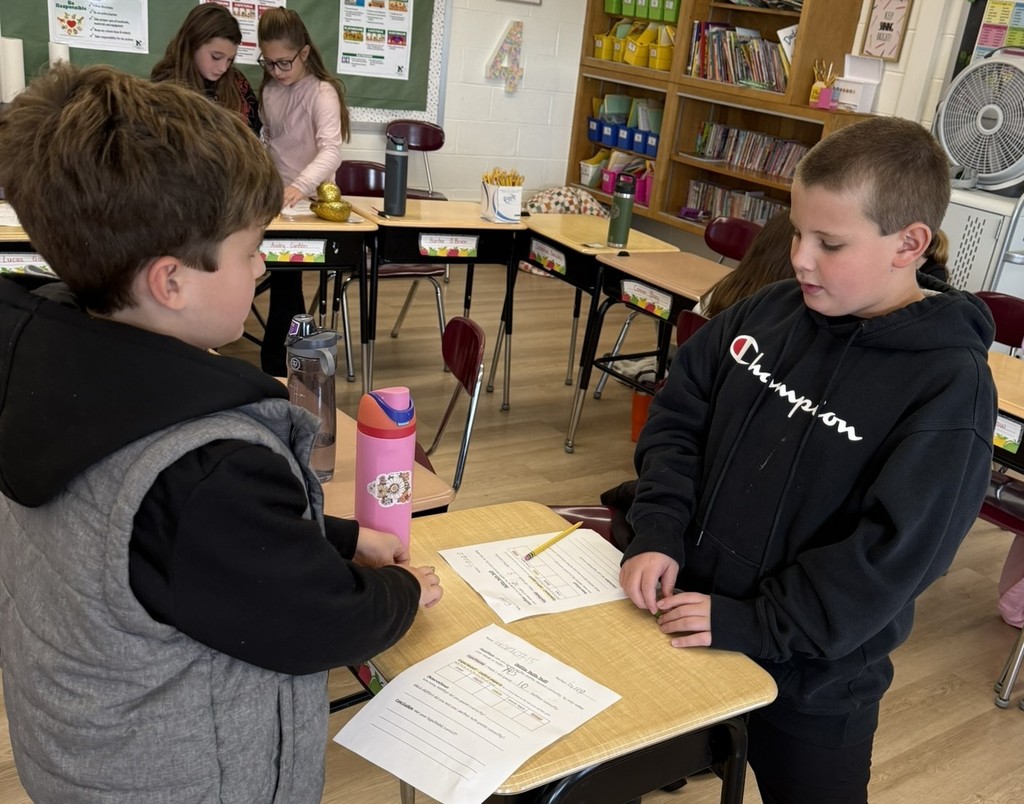
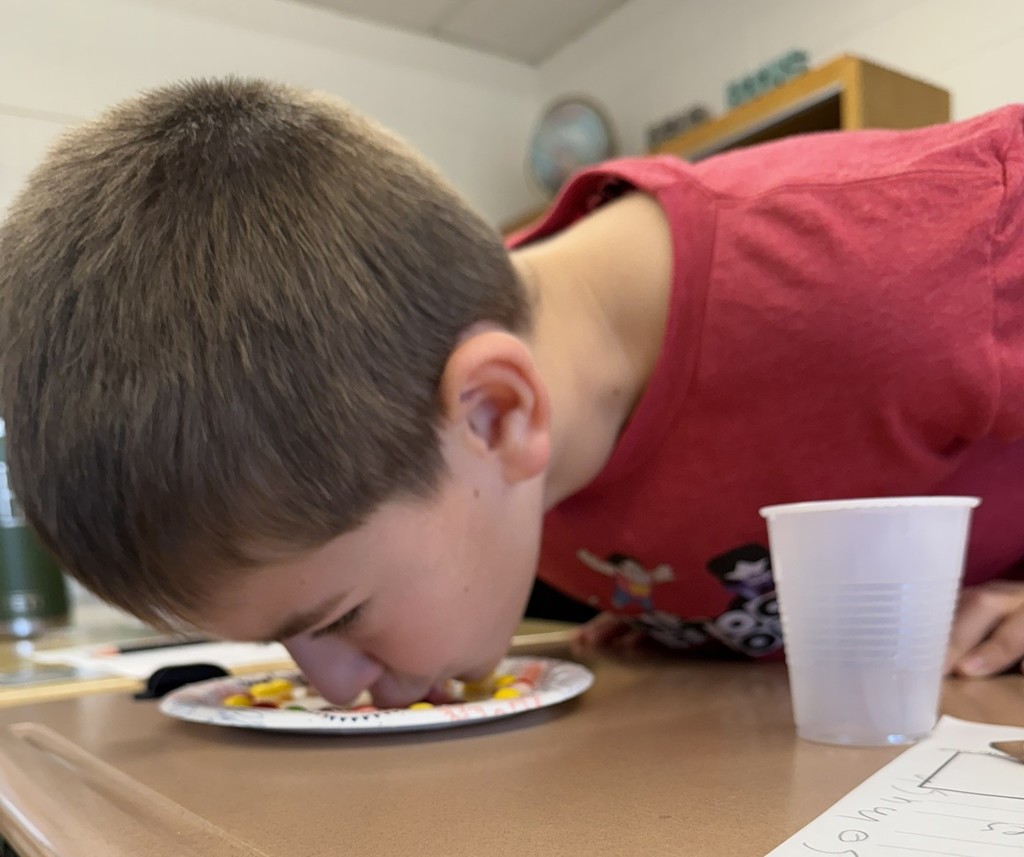
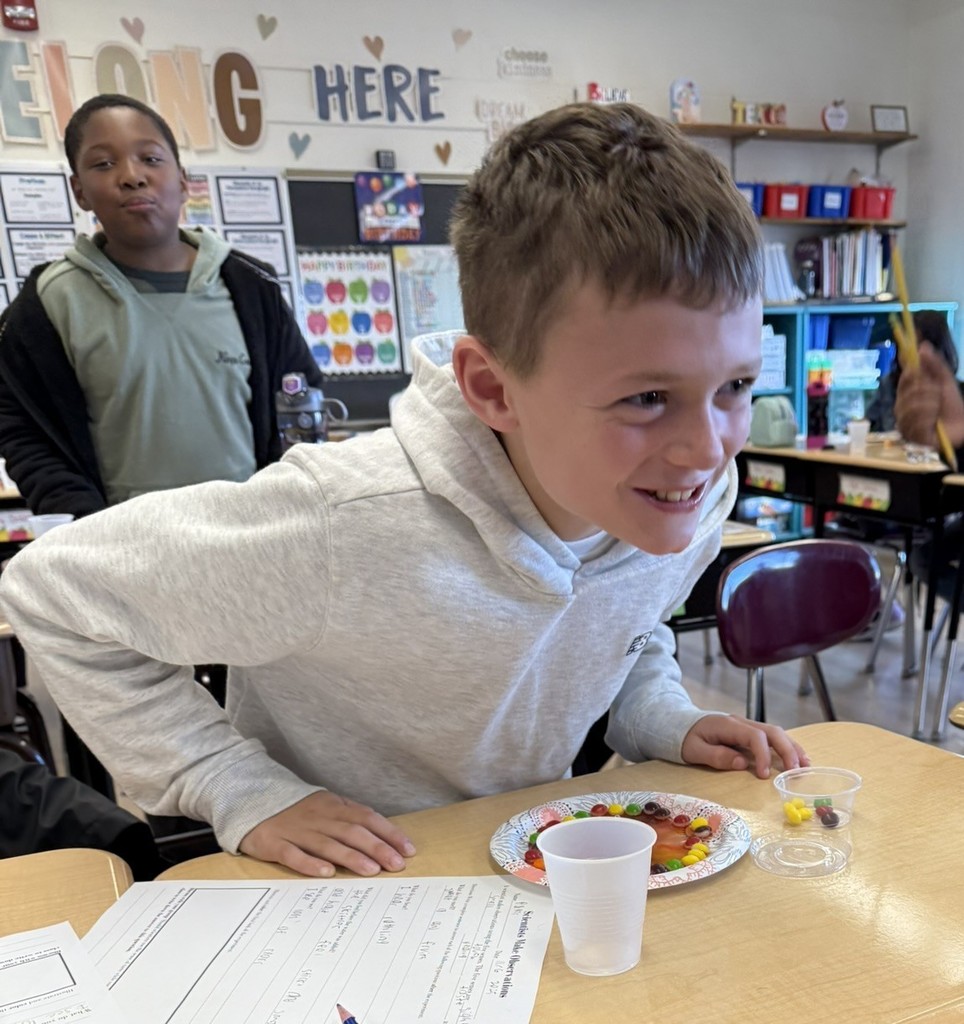
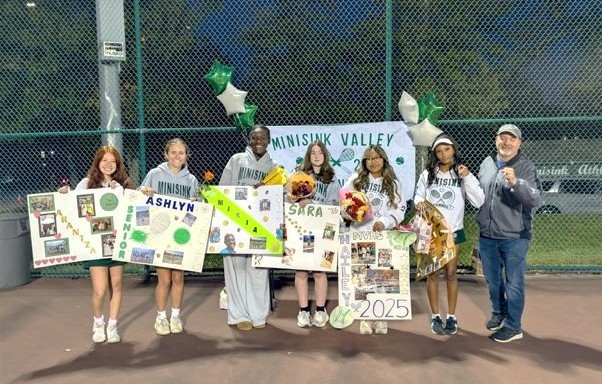
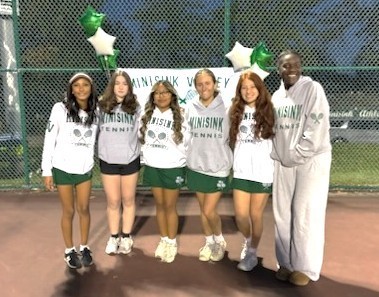
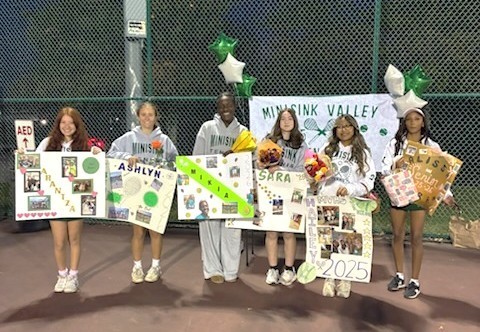
Why you'll love it:
--- Instant access to the latest schedules
--- Game locations and maps
--- Receive notifications for schedule changes or cancellations
--- Never miss a game!
--- Download the app today!
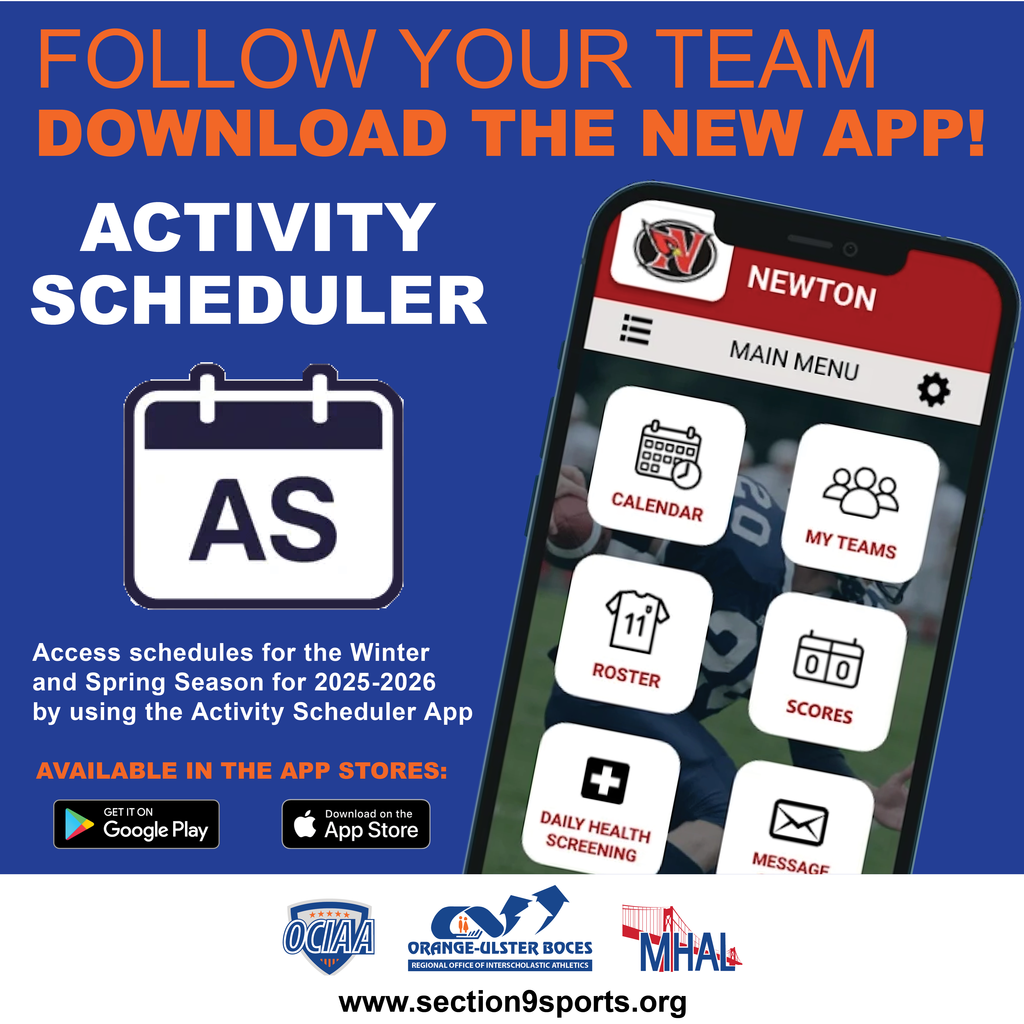
High School Math Teacher Sue Papa is proud to share that the High School’s newly formed NAMI on Campus MV Club (NAMI means the National Alliance on Mental Illness), supported by NAMI of Orange County, recently completed its first successful event! Following recent suicide prevention assemblies, club members, led junior by Abby Rogers, offered suicide prevention kits, donated by Act Through Music, to interested students during lunch periods. There were also key chains, stickers, wristbands other important resources available for students to take, courtesy of the American Foundation for Suicide Prevention Hudson Valley/Westchester.
“The students are very passionate about raising awareness and breaking stigmas around mental health,” said Ms. Papa, who is the club’s advisor. “They’re looking forward to building connections and creating a mental health toolkit that will promote healthy minds through healthy habits.”
If your student is interested in being a part of this group, have them email Ms. Papa at spapa@minisink.com
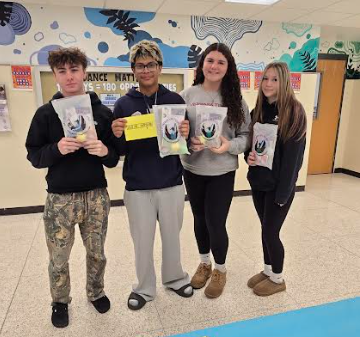
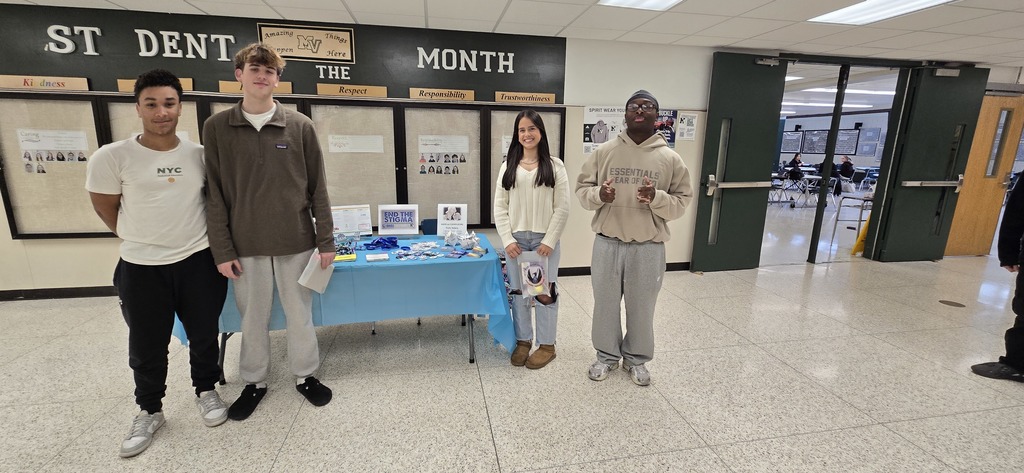
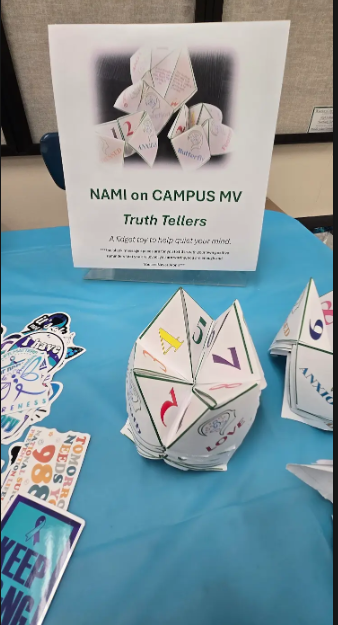
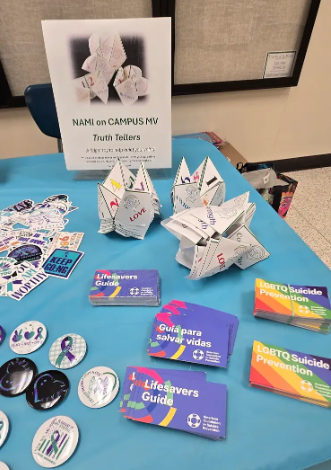

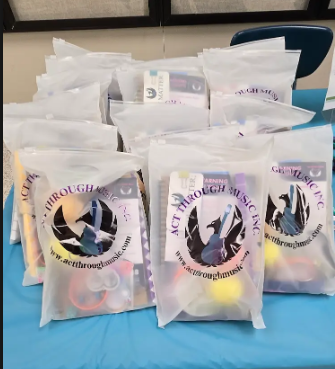
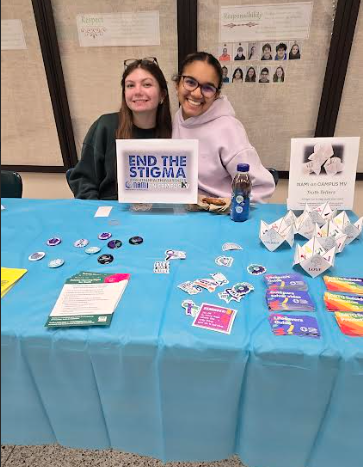







As they progress in this work, students will be moving toward regrouping and borrowing when adding and subtracting. Right now, they been practicing bundling groups of 10s and moving them to the appropriate place value to accurately represent the number. This practice of unbundling and bundling numbers becomes the baseline for addition and subtraction strategies.
An HTO chart is a place value chart used in elementary education with columns for “hundreds,” “tens,” and “ones” to help students visualize and understand numbers. It’s a foundational tool for teaching concepts like addition, subtraction, and multiplication by showing how numbers are composed and how regrouping works (i.e.: trading 10 ones for a 10).





During their visit, students learned about the wide range of academic programs, student services, and campus resources available. They even met some alumni who were proud to share their experiences and insights about SUNY Orange life! This is the first time that the Counseling Department has arranged a group visit to an area college/university and more are planned!
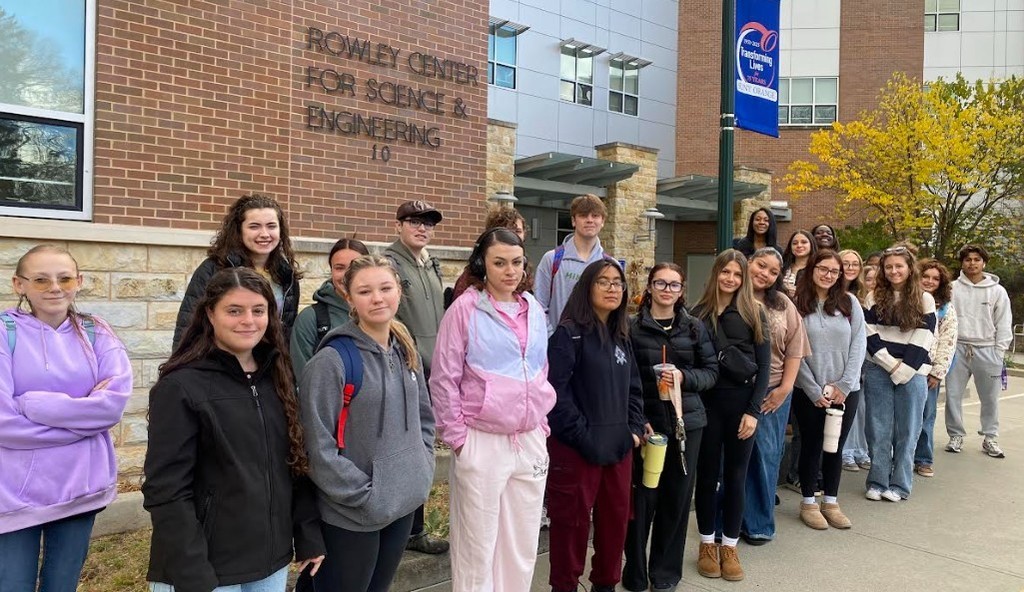
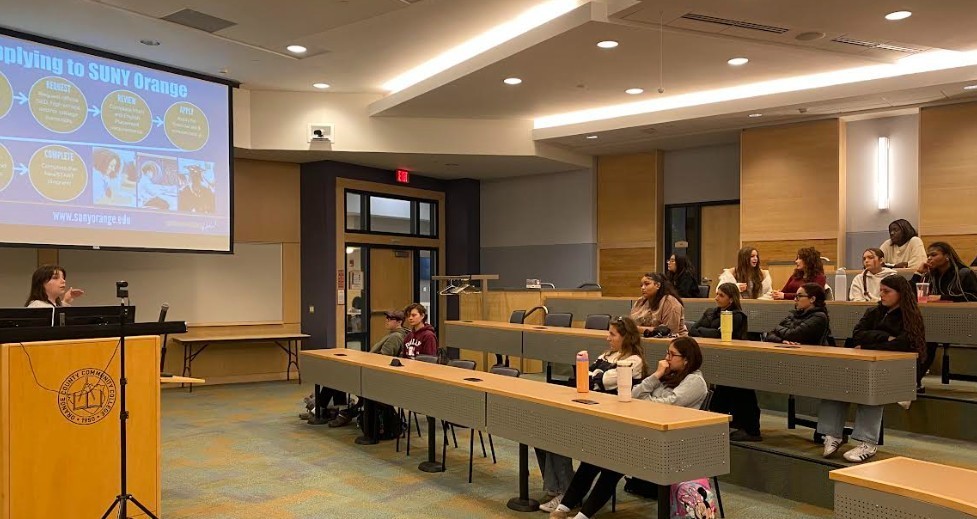
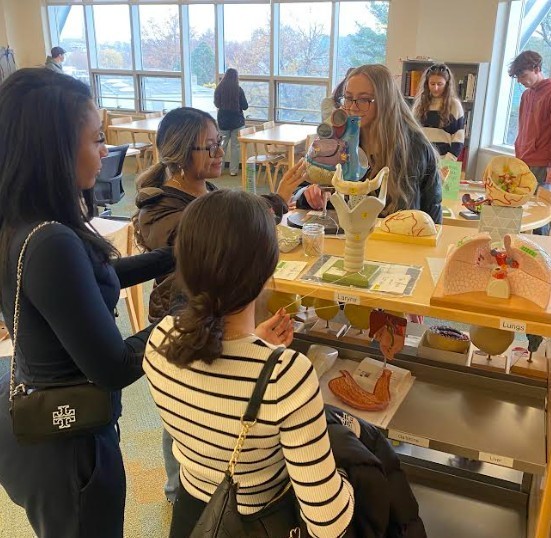
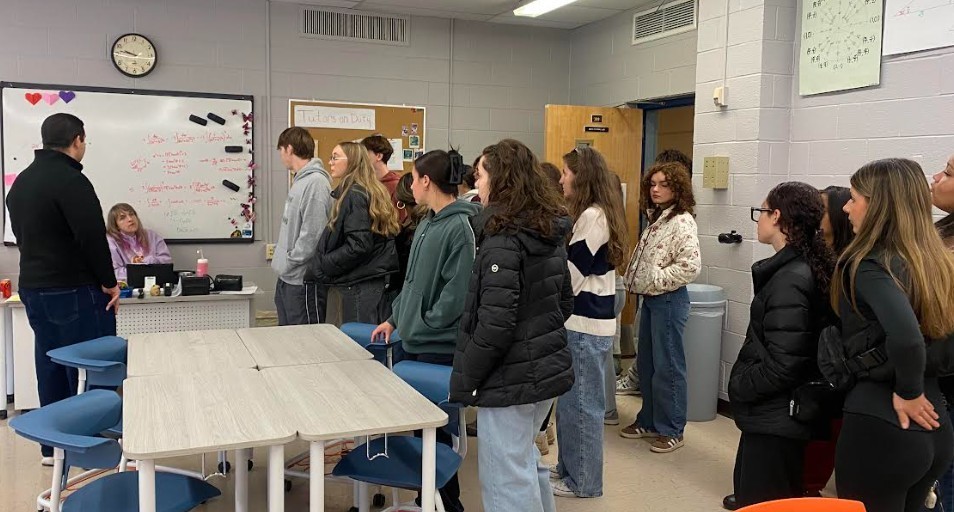
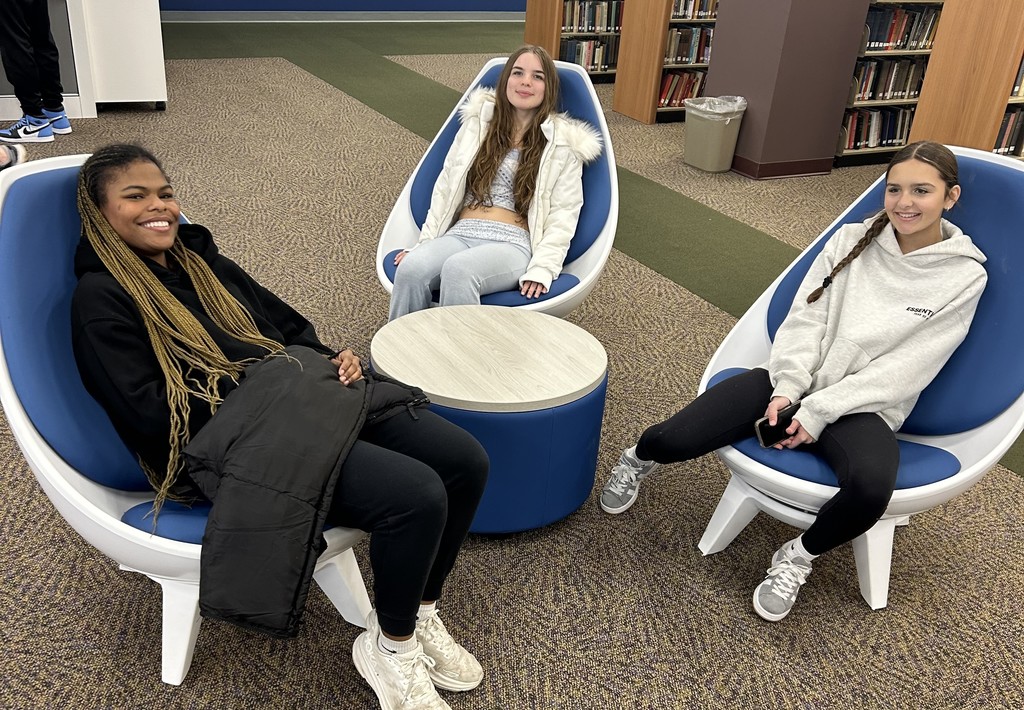
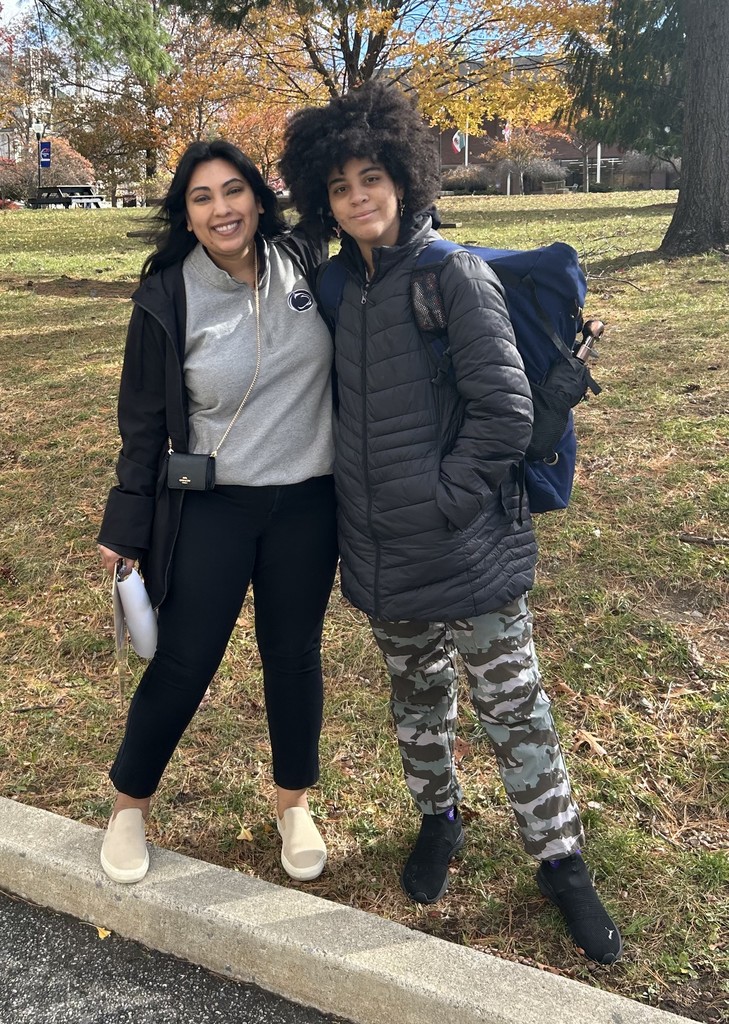
"Abby had an amazing season that the whole coaching staff is proud of, said Head Coach Ed Sucich. “She has a work ethic and a competitive spirit that has led her to the top of the Section as just an eighth-grader. Congratulations to Abby and her parents."
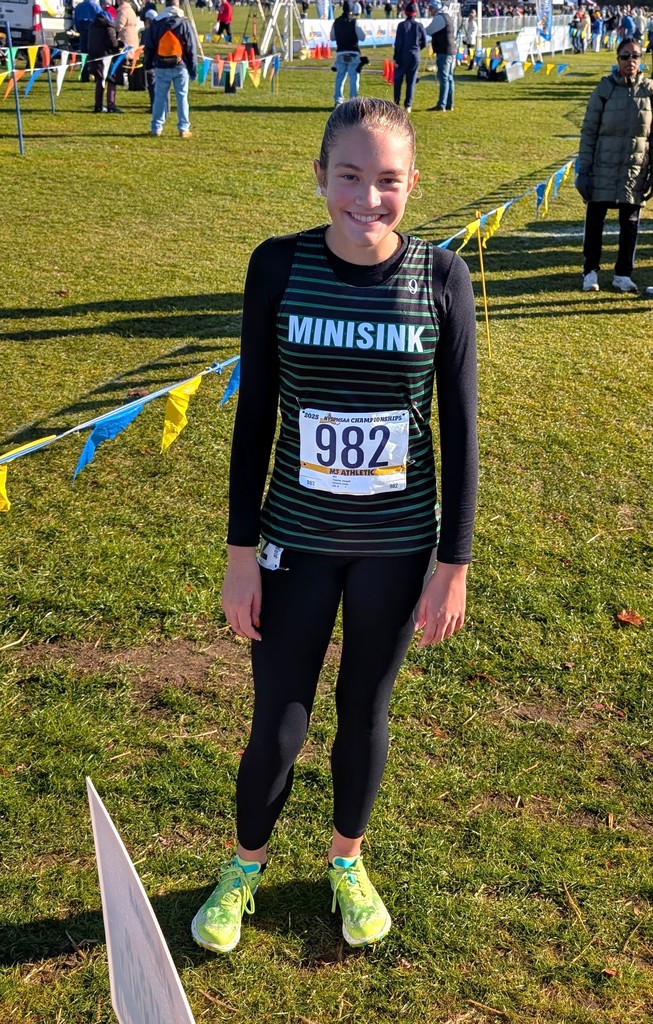
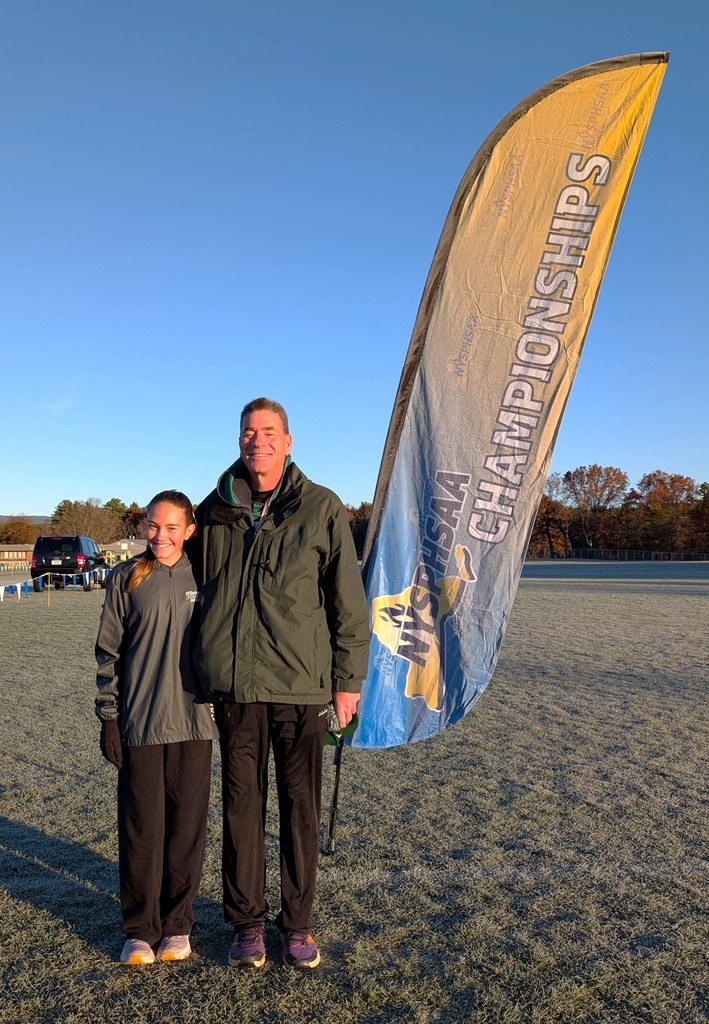
In this math lesson, students played a game called “Shake and Spill.” Each student was given a cup, 10 counters (one side red and the other yellow), and a red and yellow crayon. Students placed the counters into a cup, shook and then spilled the counters on their desks. The red and yellow counters landed on different sides. The students then counted each red and each yellow and color a 10 frame accordingly. It was a great way for them to organize their data.
Later, students wrote equations that add to 10 and also learned the flip-flop fact that matches!
"Friends of 10" and "partners of 10" are used interchangeably in math because both terms describe pairs of numbers that add up to 10. The terms "friends" and "partners" emphasize the close relationship between the numbers, suggesting they always "go together" to make 10. This concept is used in math education to build number sense and fluency in addition and subtraction by teaching these pairs by heart.
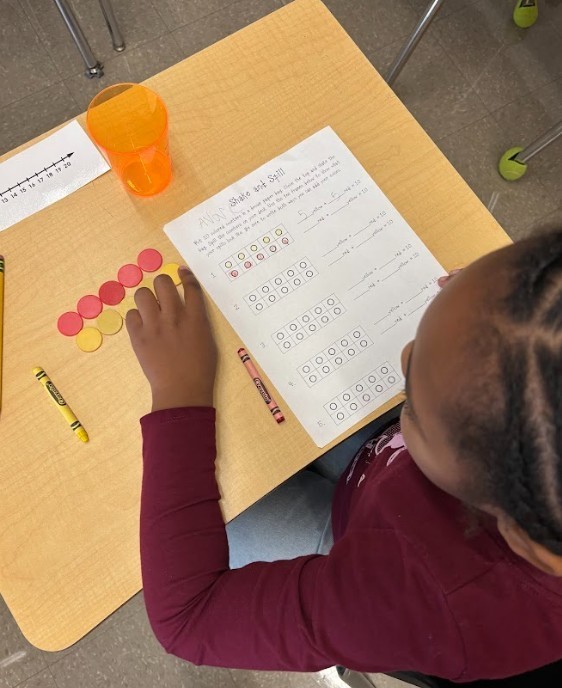
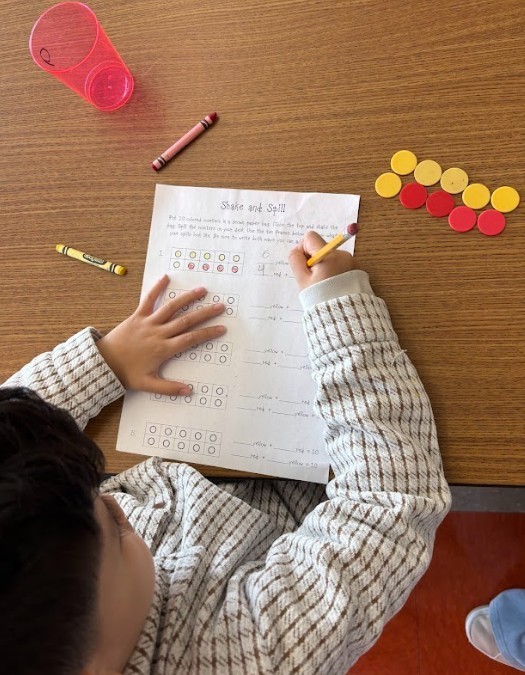
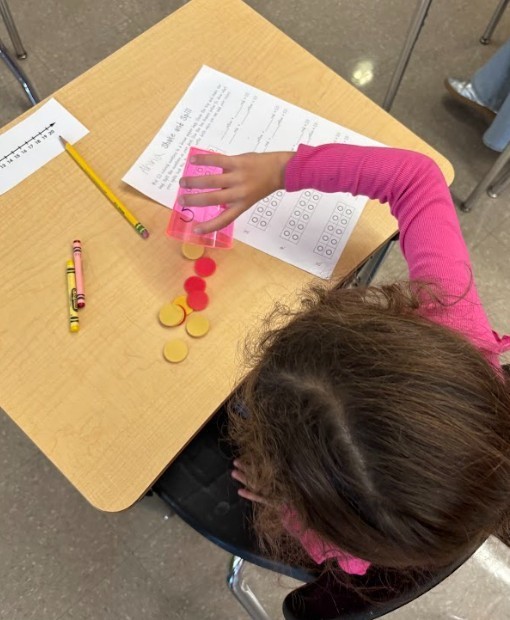
Ross Potter's IS third-grade physical education students have been learning about moving the soccer ball down to the goal, and also defending that goal! They're have a lot of fun getting more proficient with these soccer skills! T





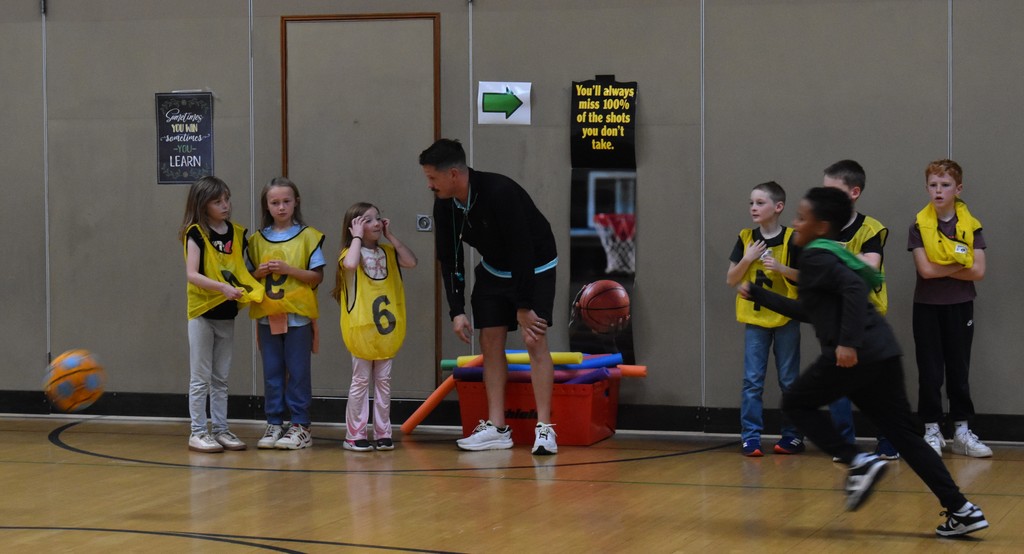
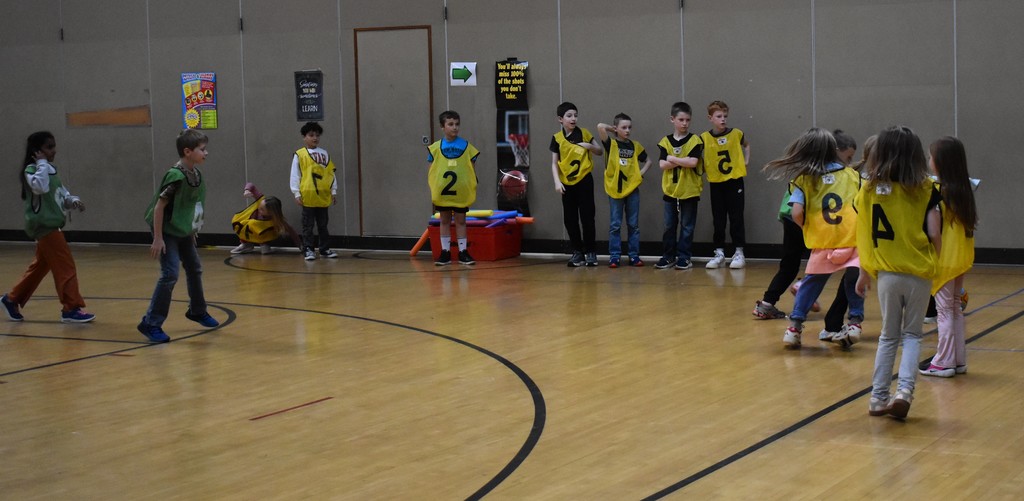

• Sight: Students observed color and shape
• Sound: students listened to the knock of a ripe one or the scraping of seeds
• Smell: Students noticed the earthy scent inside
• Taste: Students tried roasted seeds
• Touch: Students felt the smooth rind and slimy insides
They also listened to Will Hubbell’s “Pumpkin Jack,” a story about a boy named Tim who carves a jack-o'-lantern he names Jack. After Halloween, the pumpkin rots in the garden, and Tim buries the remains. In the spring, a new plant sprouts from the seeds, which Tim tends to, and it eventually grows into a new pumpkin plant. By the next Halloween, a new pumpkin has ripened, and Tim carves a new jack-o'-lantern, completing the life cycle of a pumpkin.
Then, they collectively undertook a science experiment with their own version of “Pumpkin Jack” and will be watching how it decomposes with the expectation that a new pumpkin plant will grow in the spring. They’ll see firsthand how a pumpkin’s life cycle takes place.
Students also learned new, “big” vocabulary words, too, like seeds, stem, shell, flesh, pulp, vine, roots and more!
•Pumpkins are fruits that grow on vines and come in many colors, including orange, white, and green. They contain seeds and a stringy pulp inside, and you can eat the seeds after roasting them. Native Americans have been growing pumpkins for over 5,000 years, and the word "pumpkin" comes from the Greek word “pepon,” meaning "large melon". The word also connects with the Latin word “peponem” and the French word “pompom.”
•They’re cultivated in every continent in the world except Antarctica. Pumpkins are found in many dishes, from pies and porridges to soups and curries. You can even cook and eat pumpkin seeds. In addition, some cultures use pumpkins for medicinal purposes.
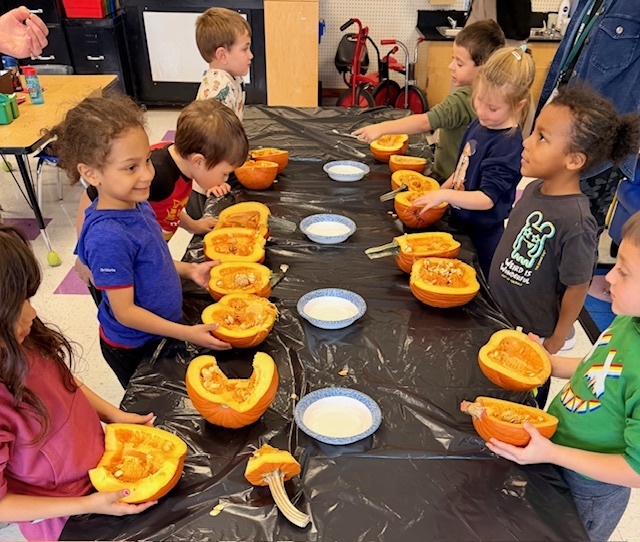
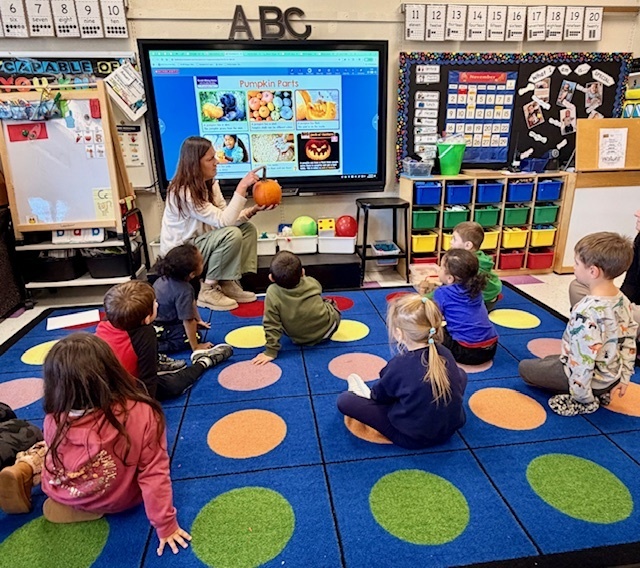
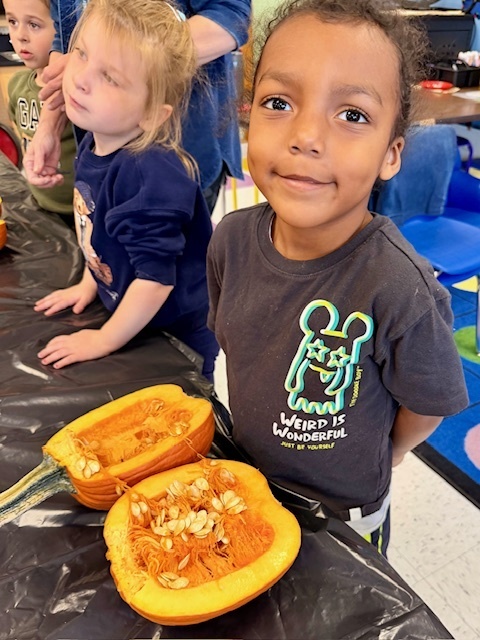
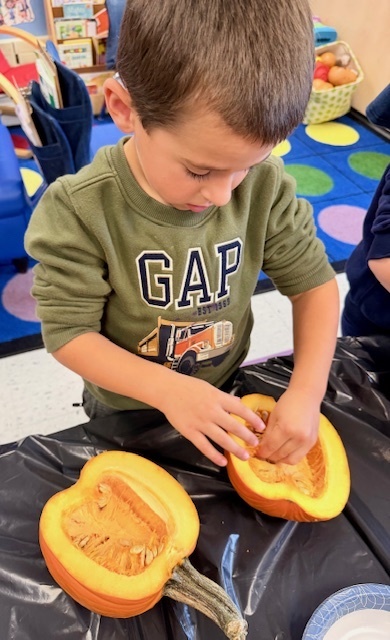
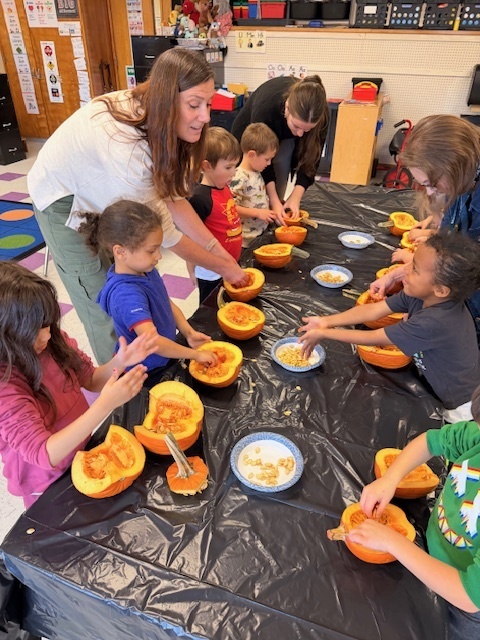
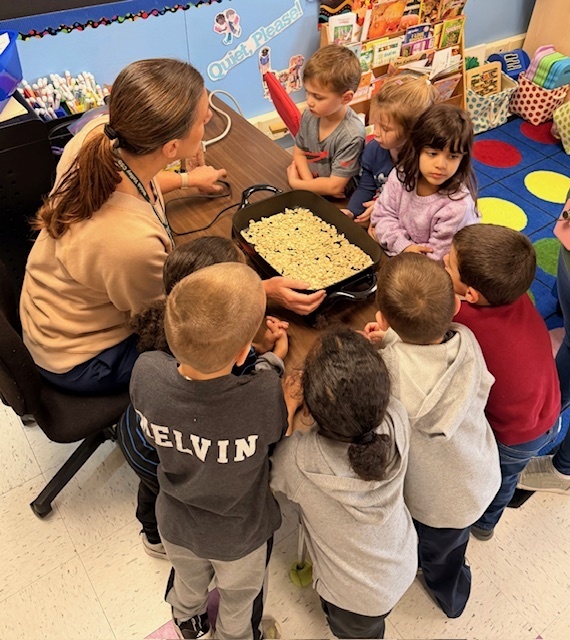
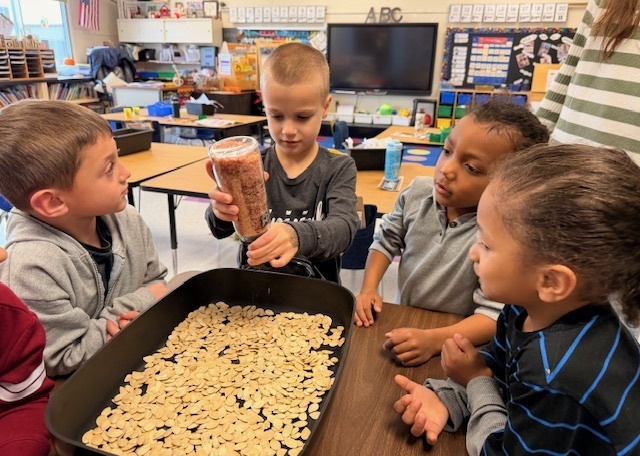
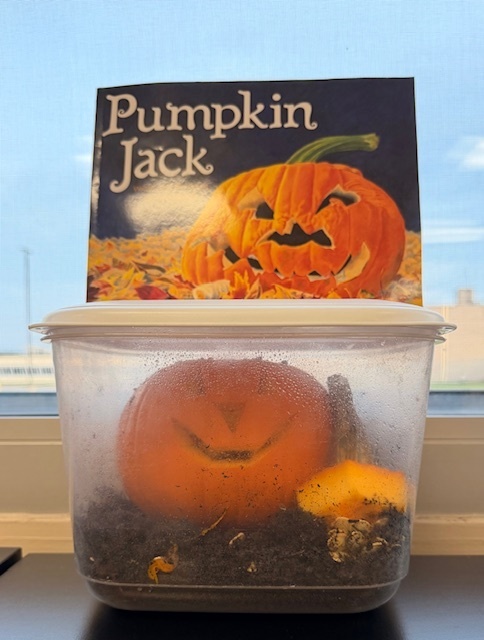
“The club takes pride in helping to keep Minisink beautiful,” said Advisor Seth Johnson. “This is one of several community service events that FBLA participates in throughout the course of the year."
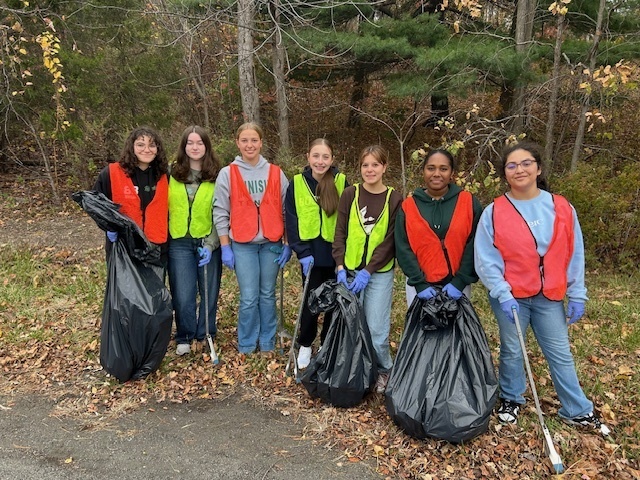
After weeks of studying the feudal system with kings, knights, castles and life during the Middle Ages, students applied their new knowledge by decorating their own castles — complete with towers, windows and flags! Each student showcased his/her creativity and understanding of medieval architecture through their work.
Students also created beautiful stained glass window art inspired by the spire windows found in the great Middle Age cathedrals. Using bright colors and patterns, they transformed their classroom windows into works of art.
“Our students were so engaged in learning about medieval life,” said Mrs. McKeon.
The culminating projects were displayed for classmates and visitors to admire, turning the fourth-grade classroom and hallway into a mini medieval village.
“Seeing them apply what they’ve learned in such creative ways really made the unit come alive,” added Mrs. Richards.
WHAT A COOL PROJECT! Thank you to the IS PTO for the mini-grant which allowed the teachers to purchase the supplies for this project!
The Core Knowledge Language Arts (CKLA) Medieval Times unit is a curriculum that teaches fourth-graders about the Middle Ages in Europe through reading, writing, and other language arts activities, often focusing on topics like feudalism, chivalry, castles and daily life. The unit provides a historical and geographical context for the era and develops skills in reading comprehension, writing, grammar, morphology, and spelling through informational texts and literary texts, such as the legends of King Arthur.
